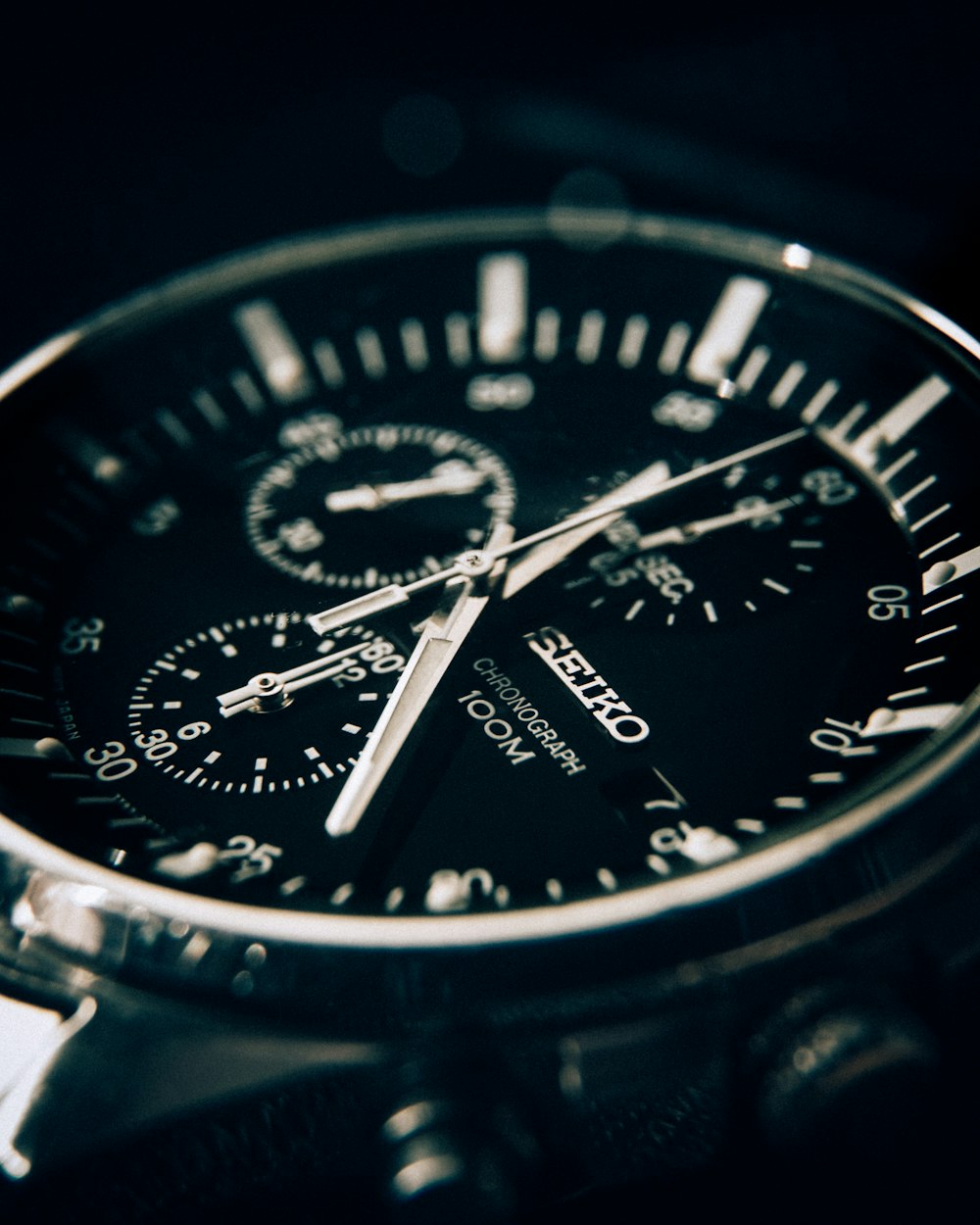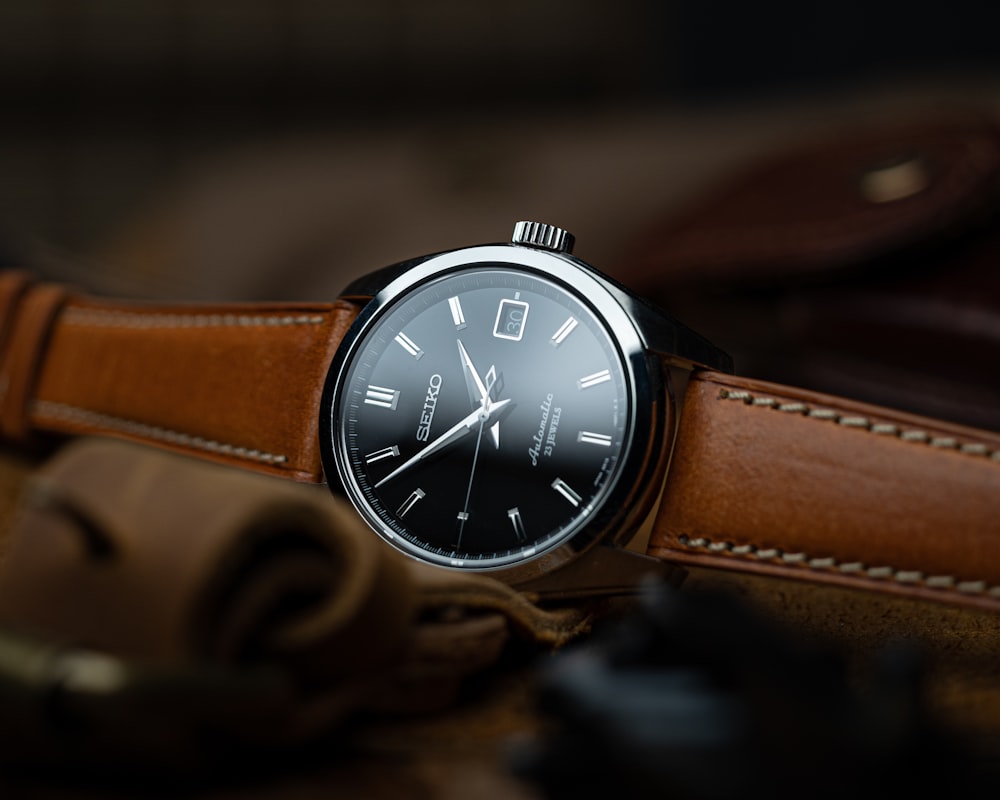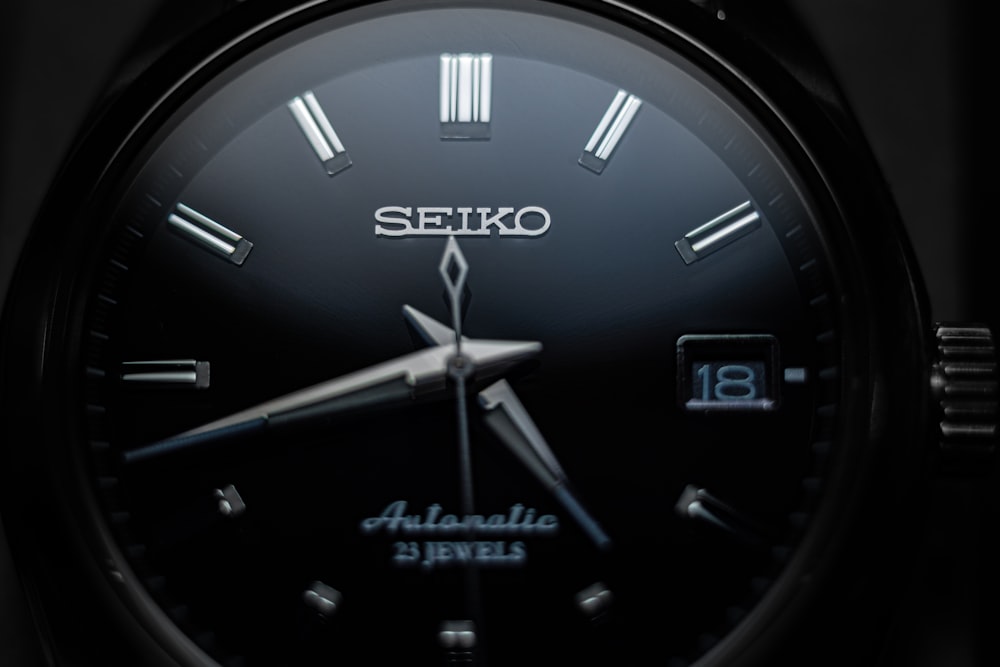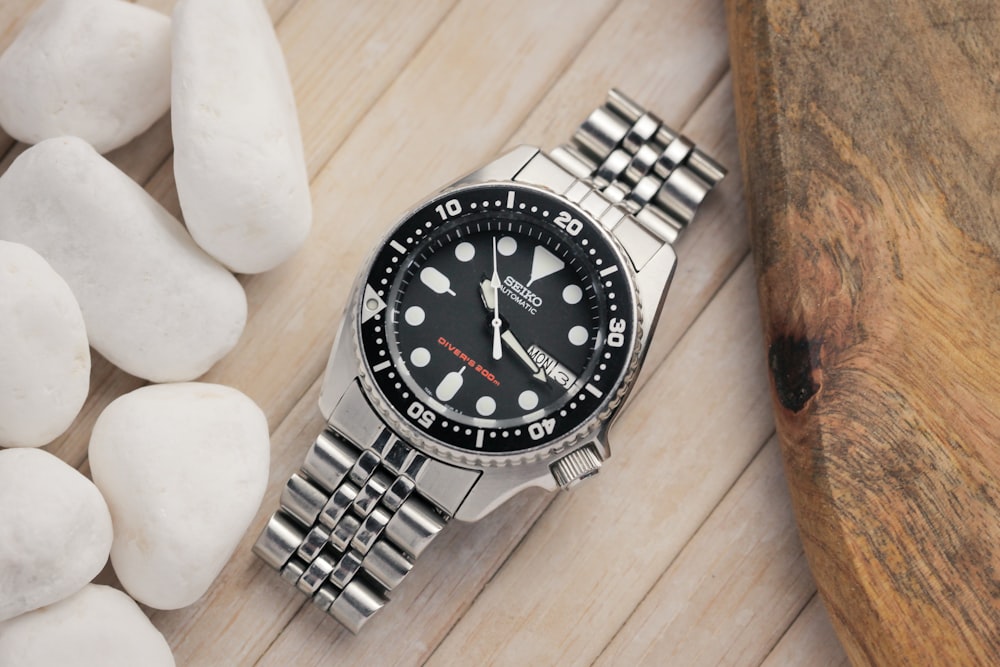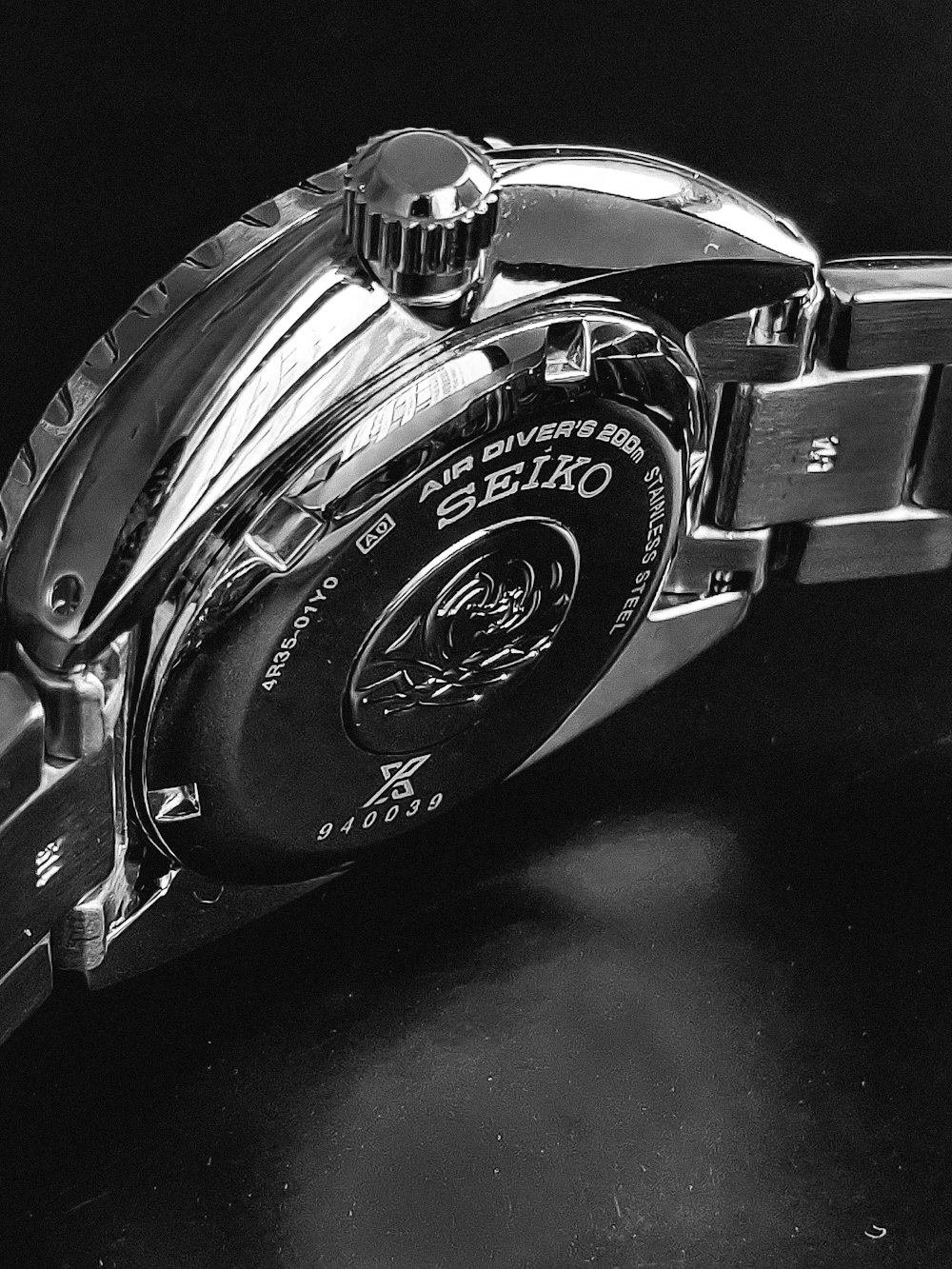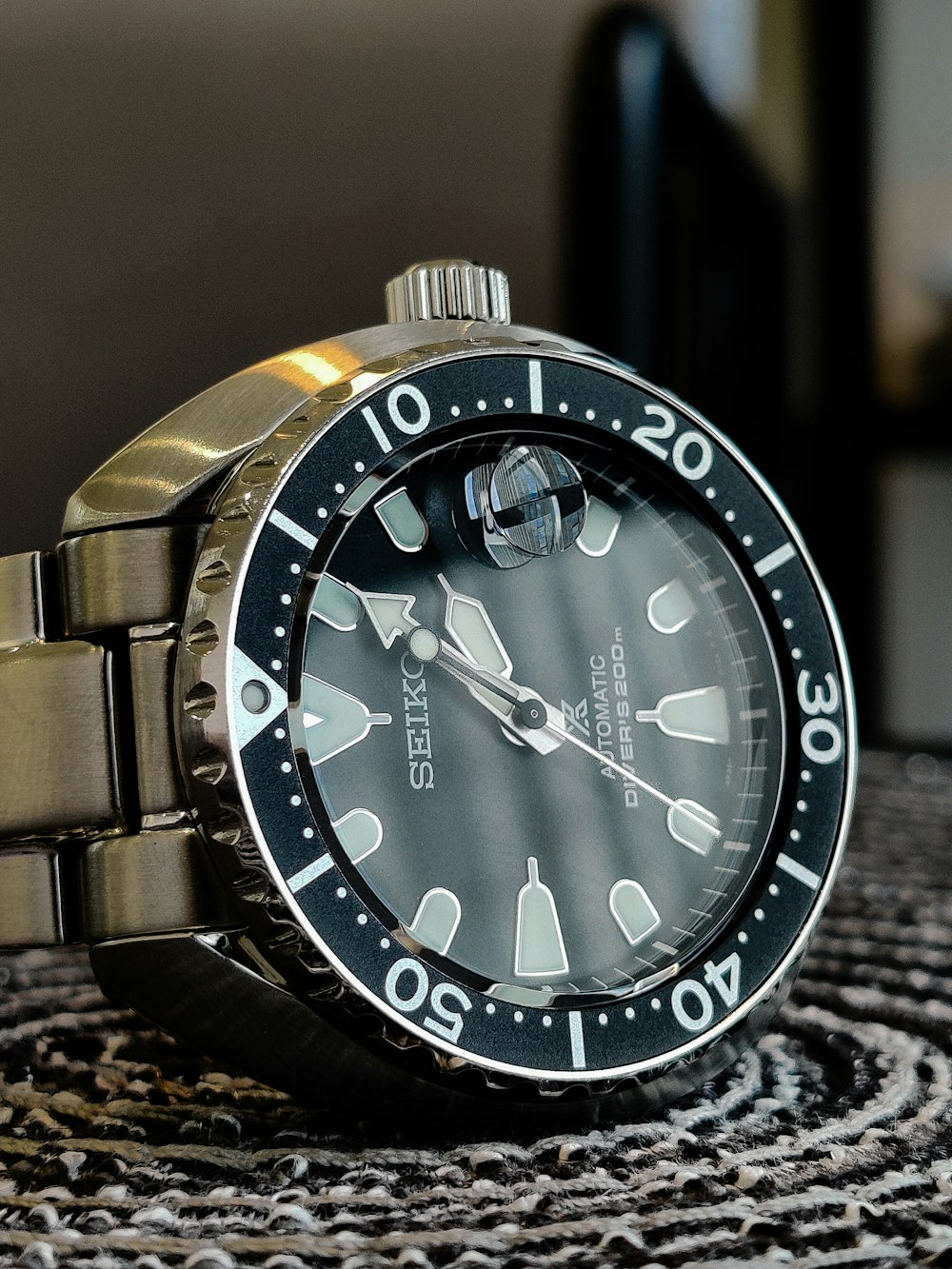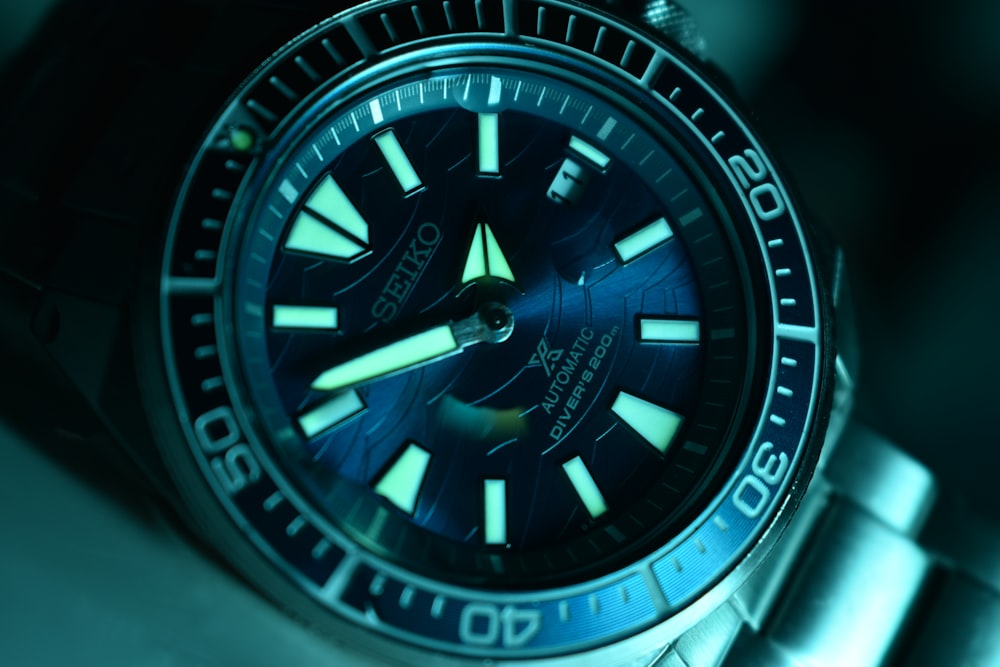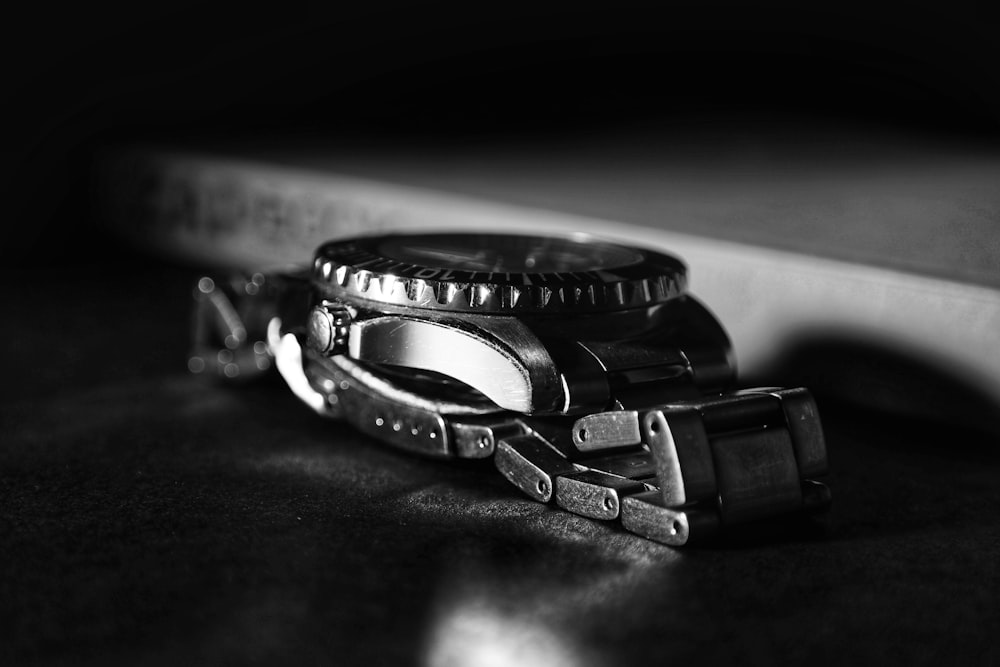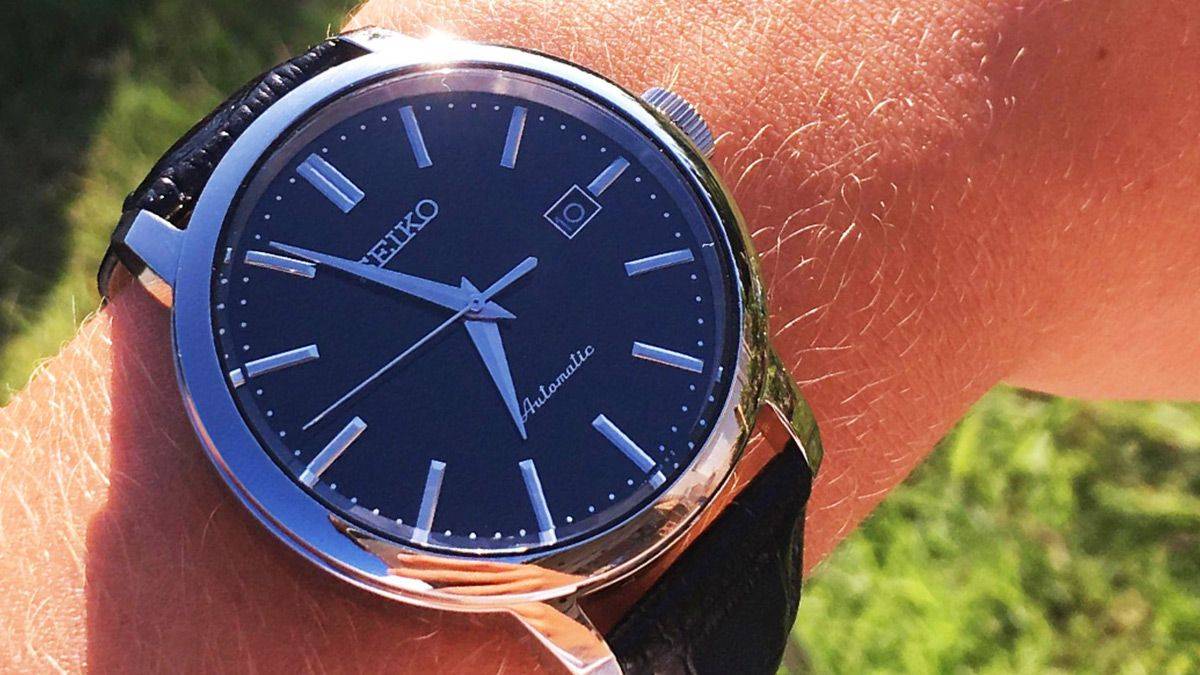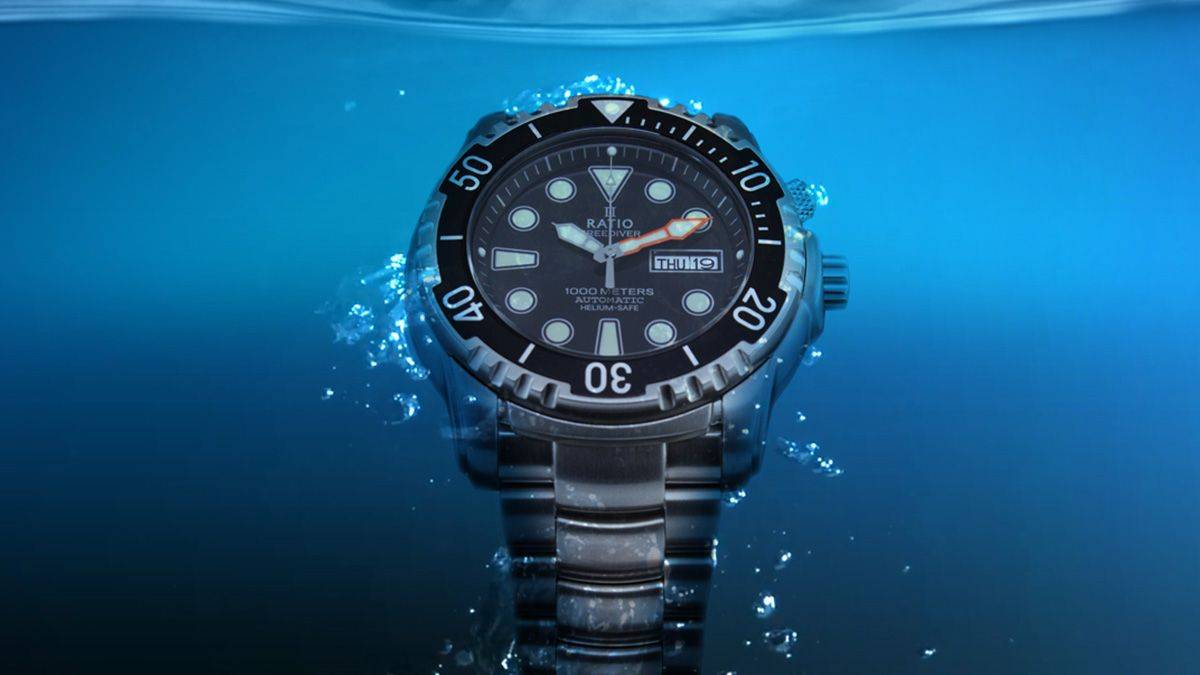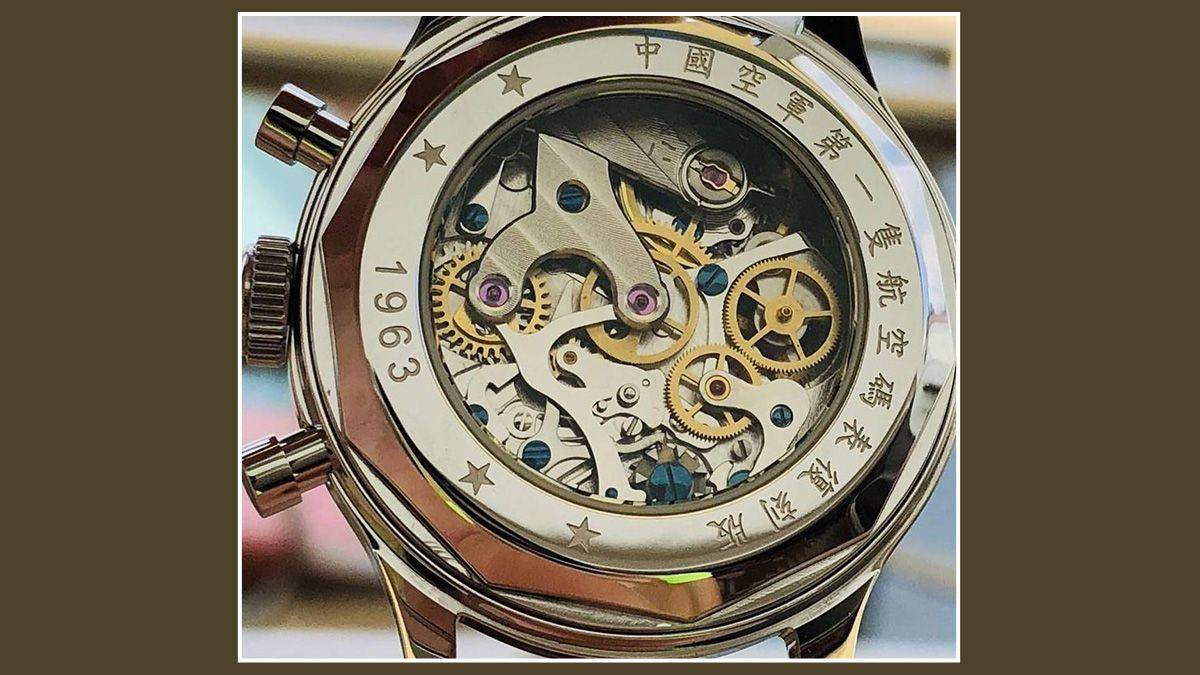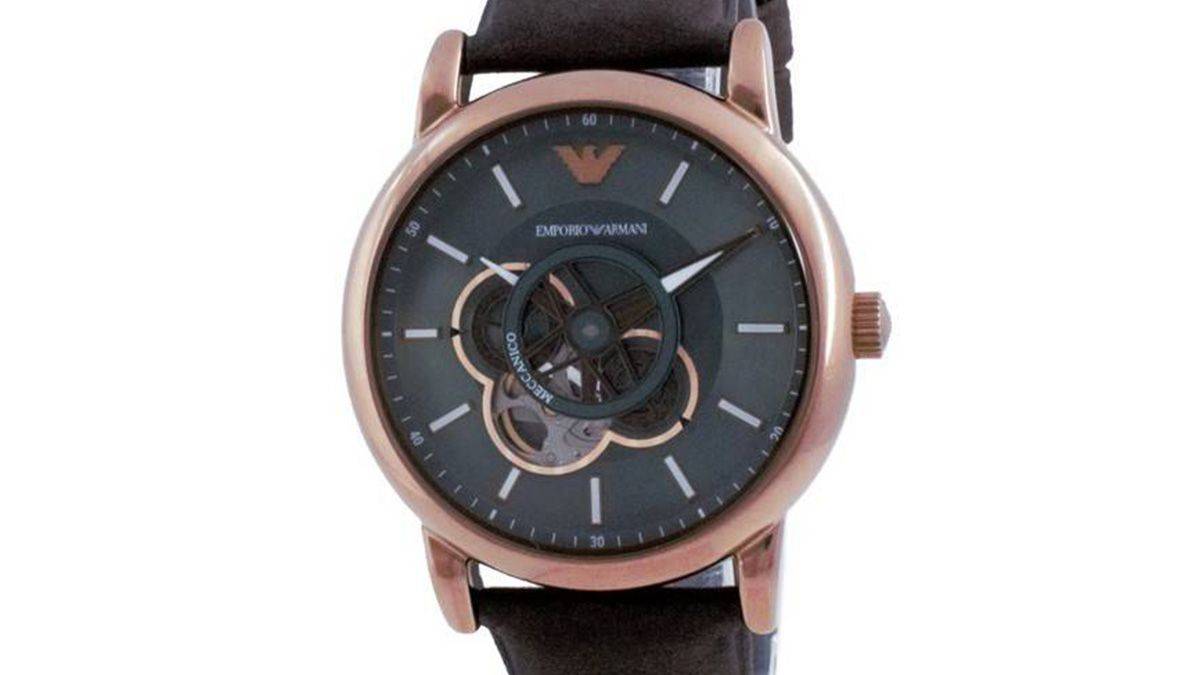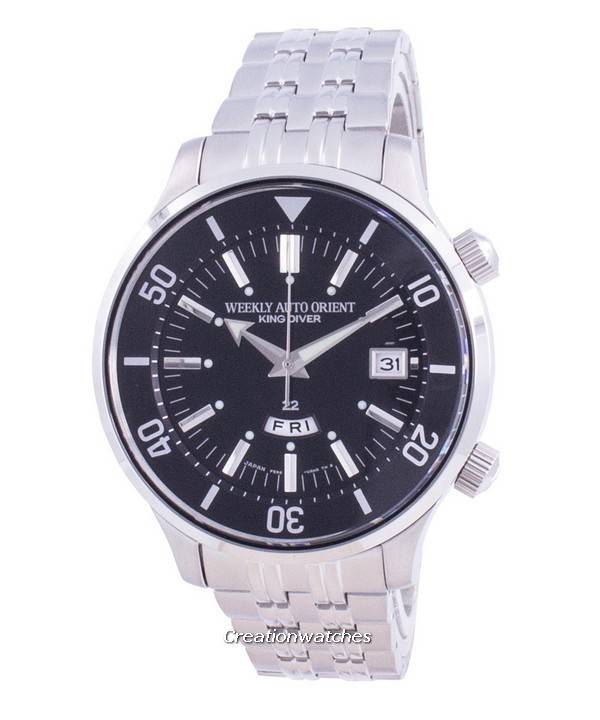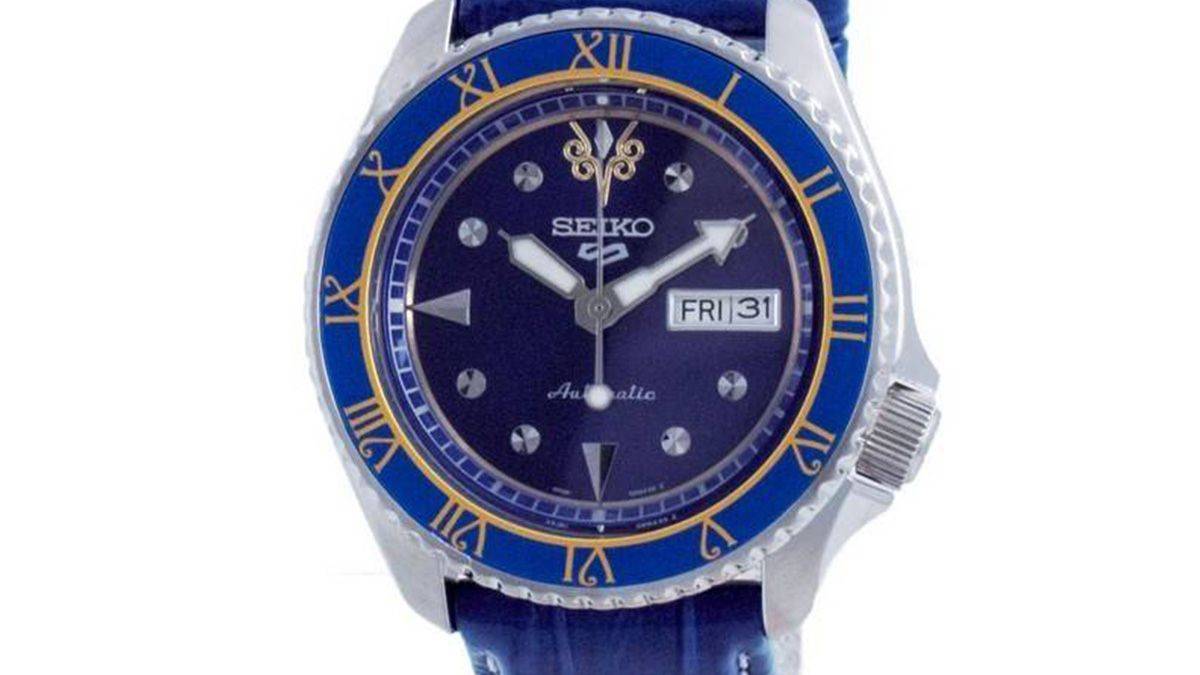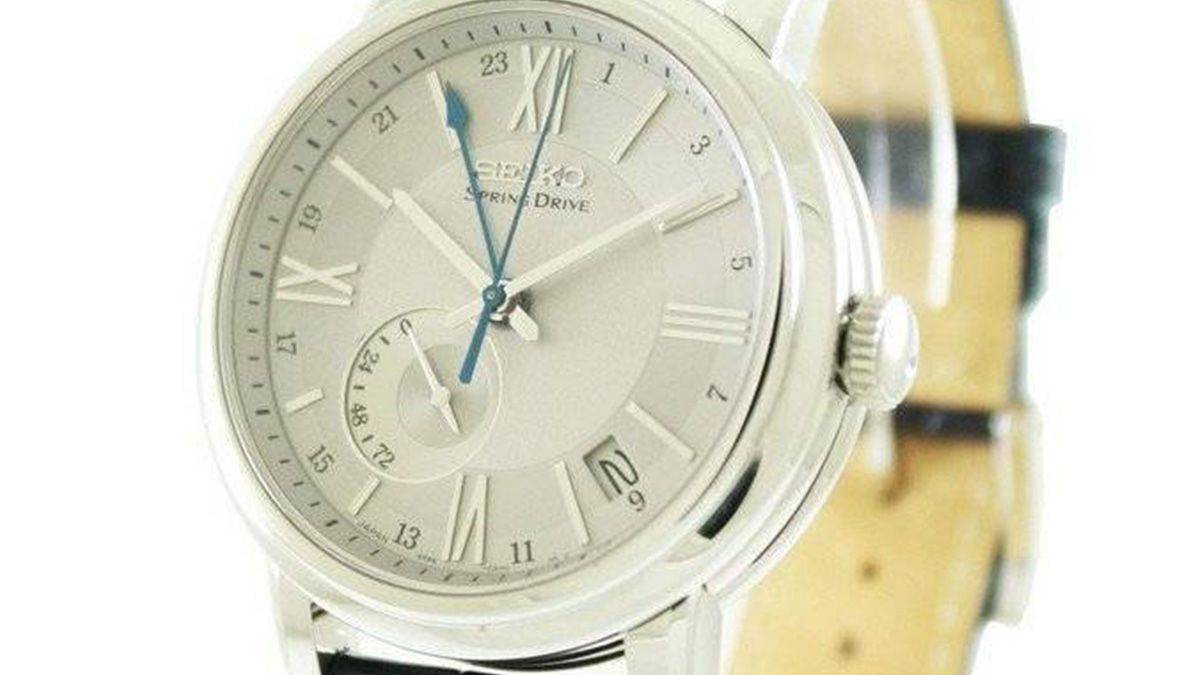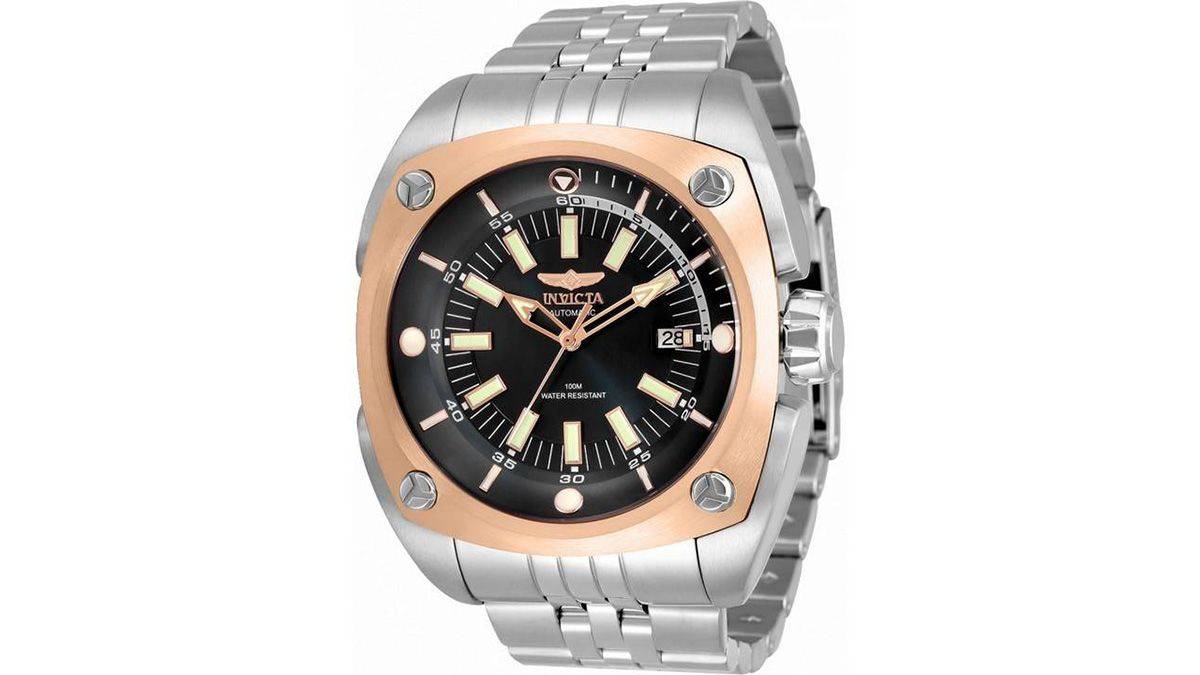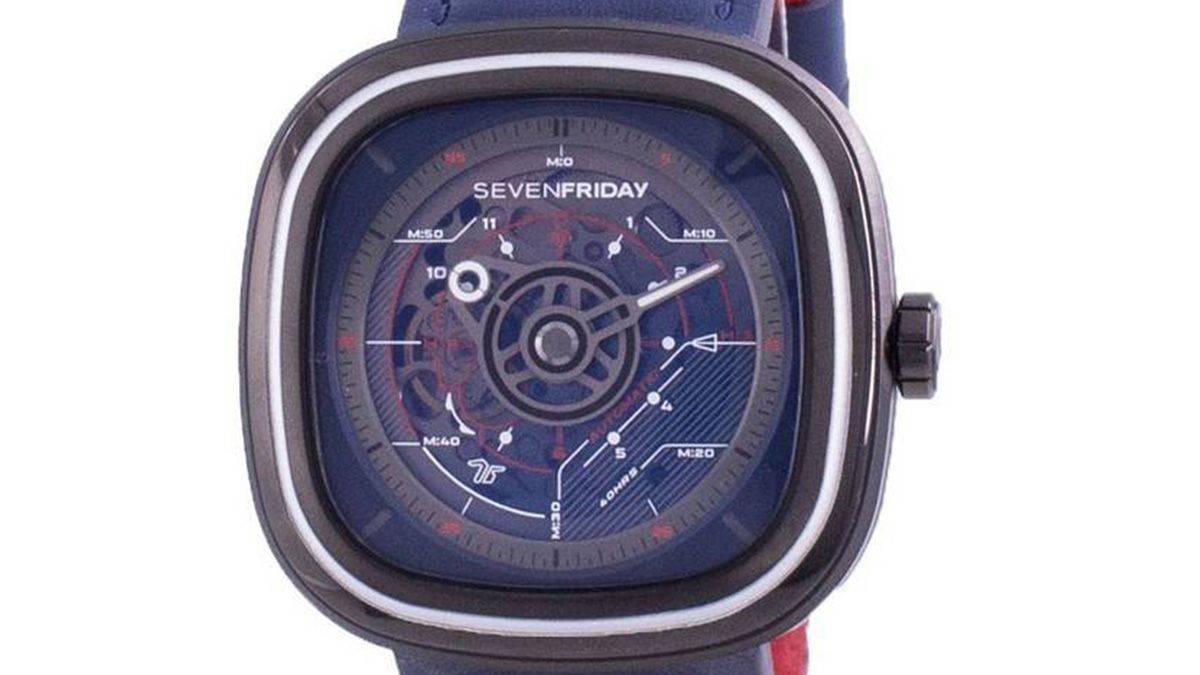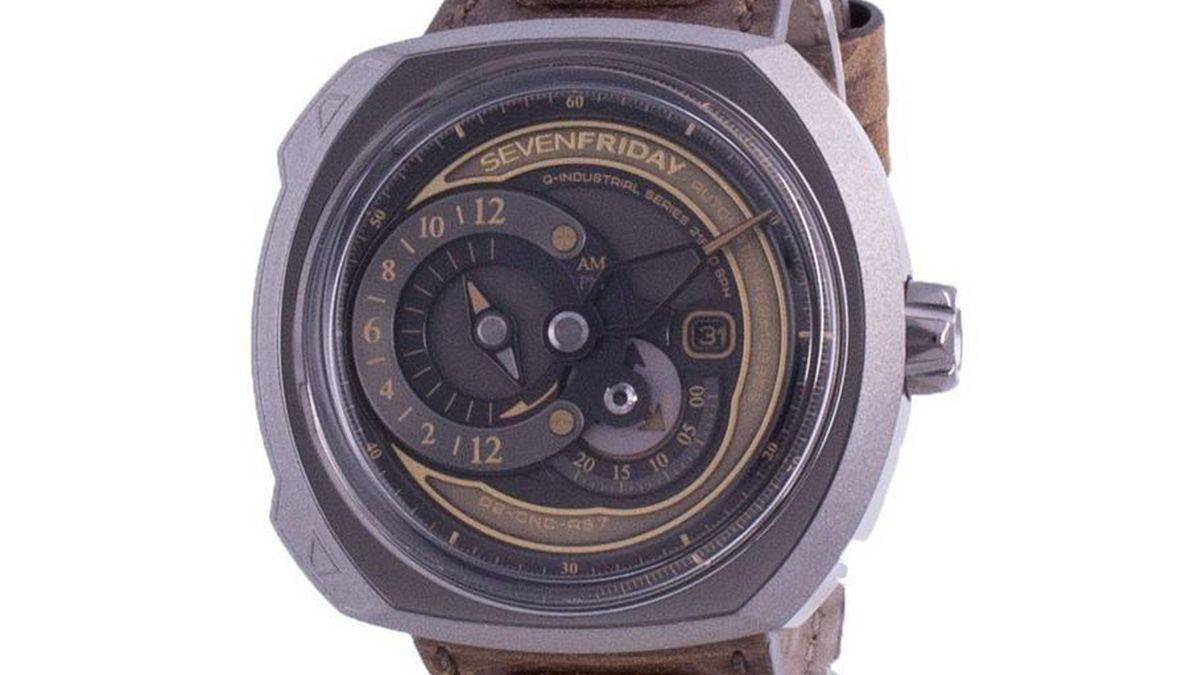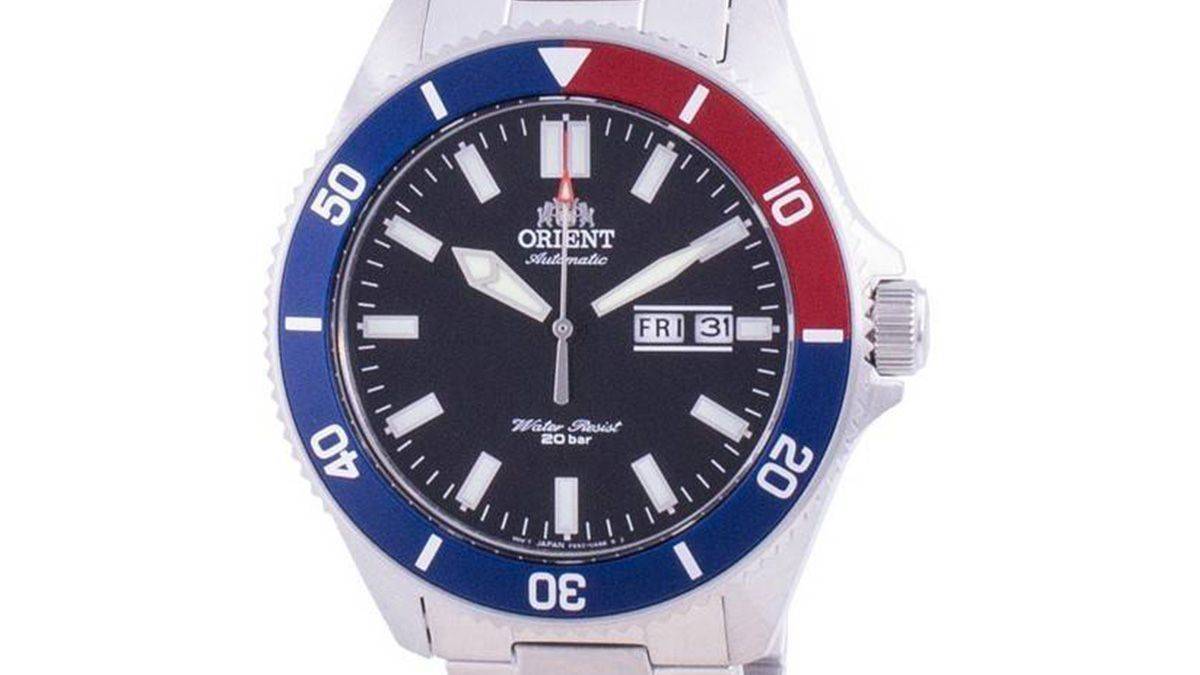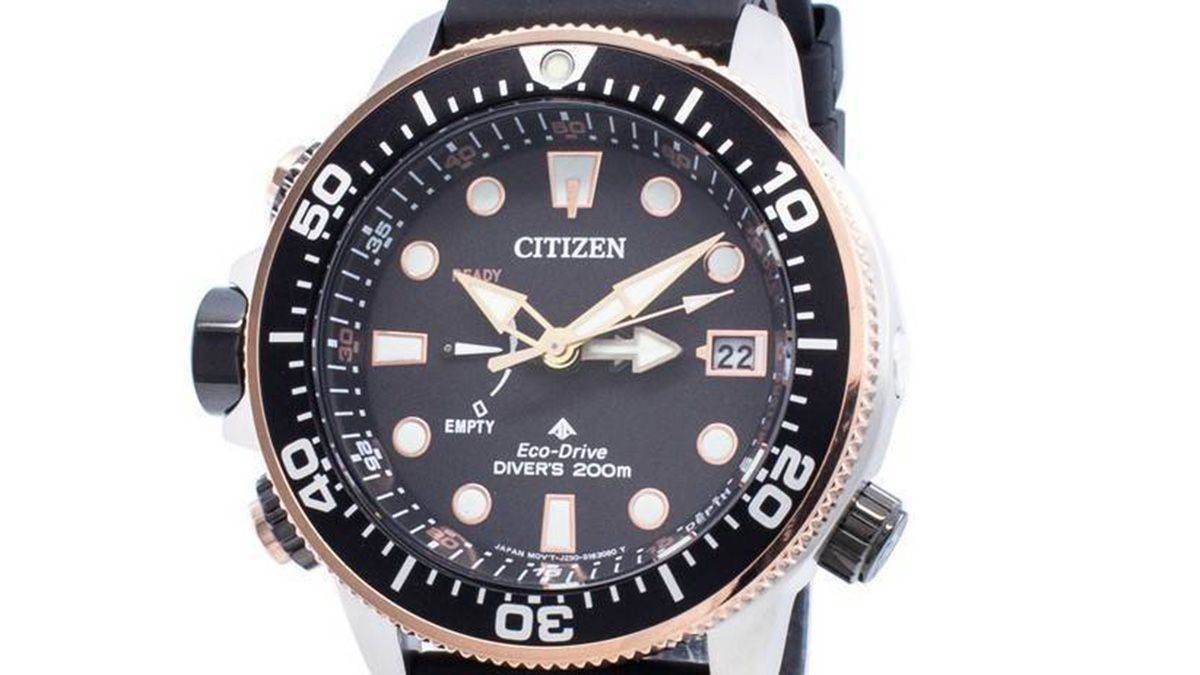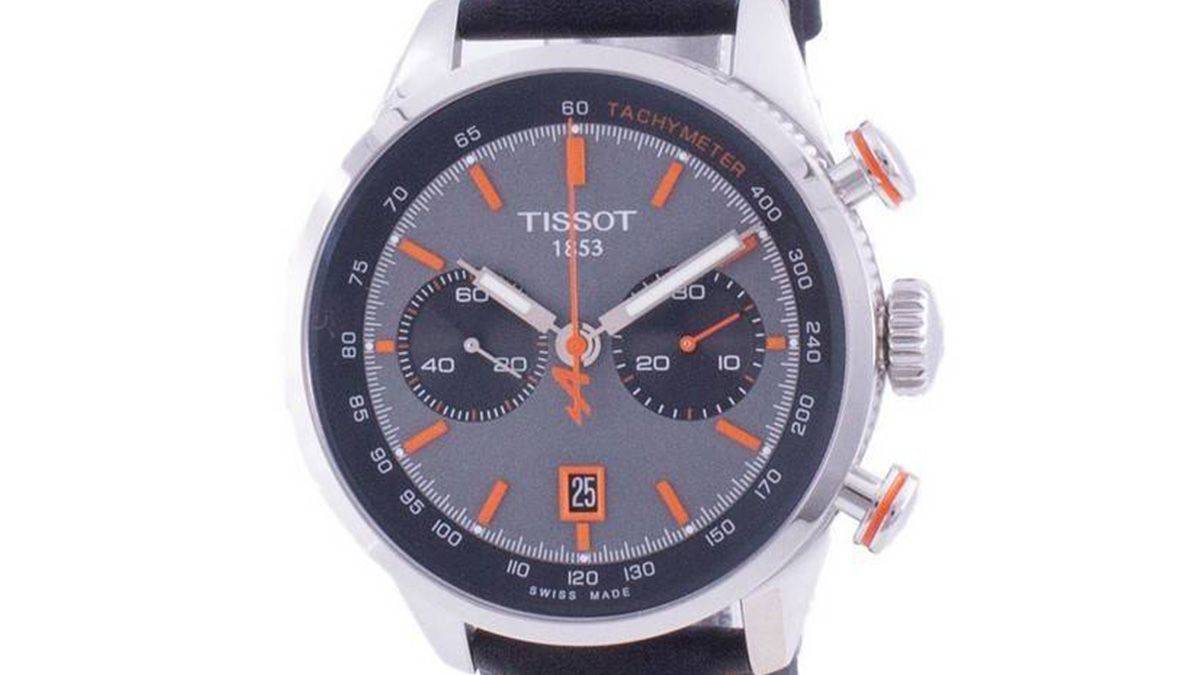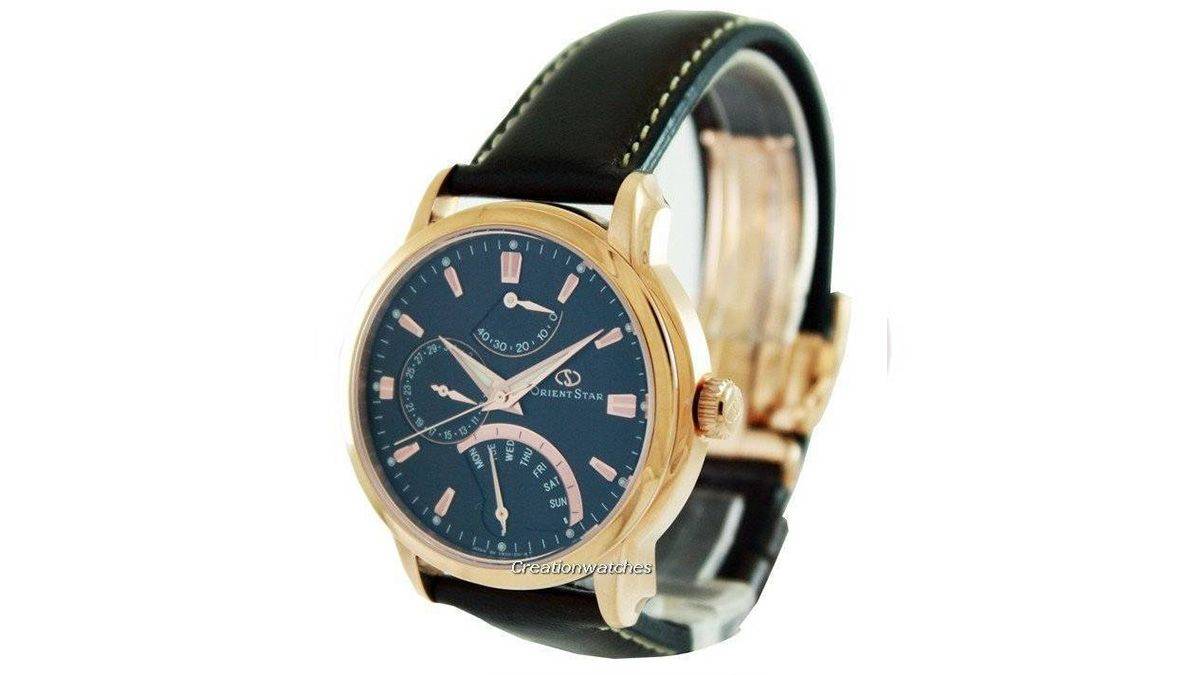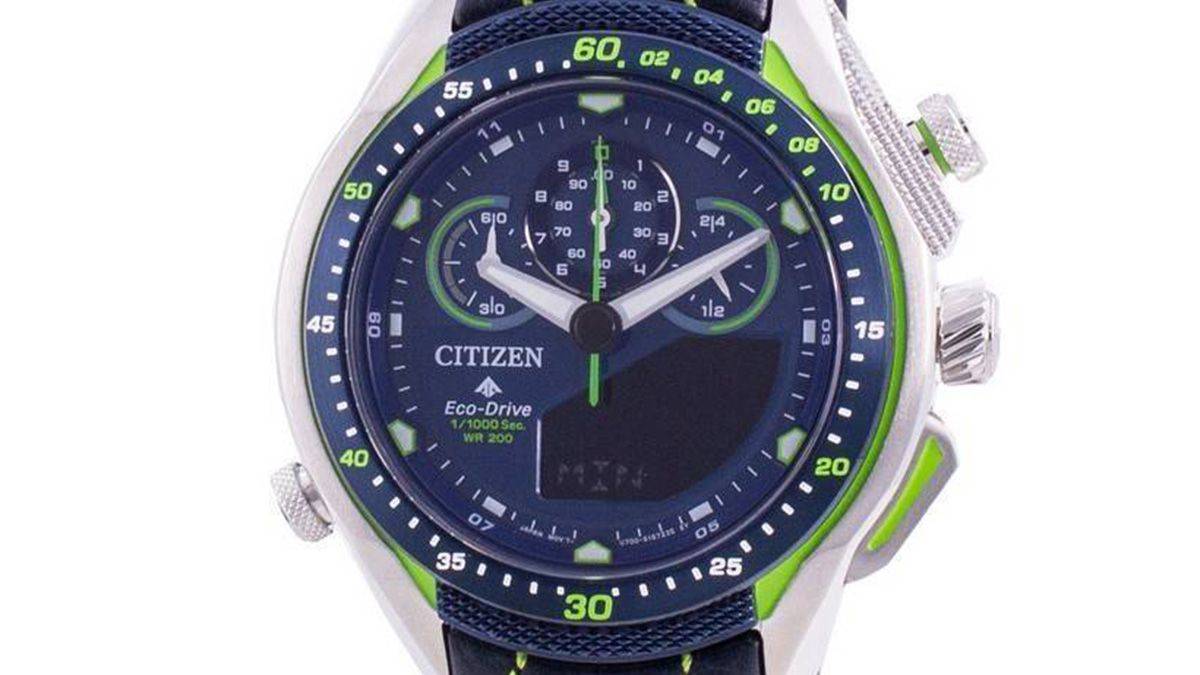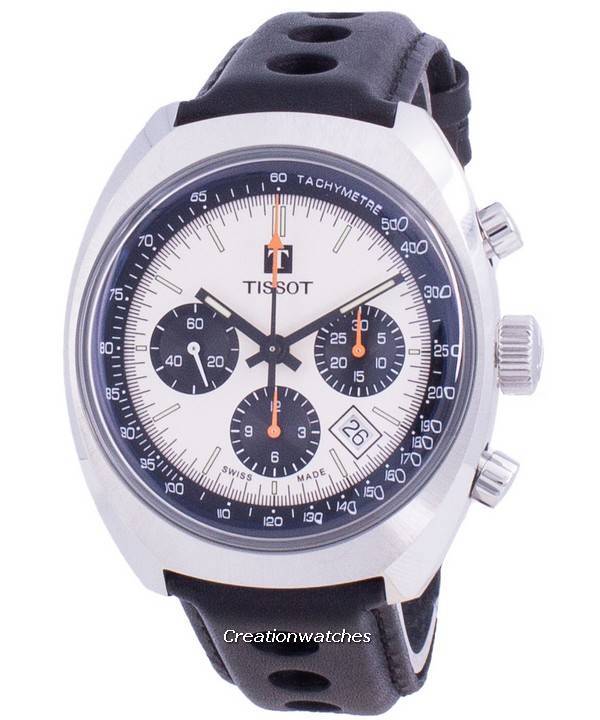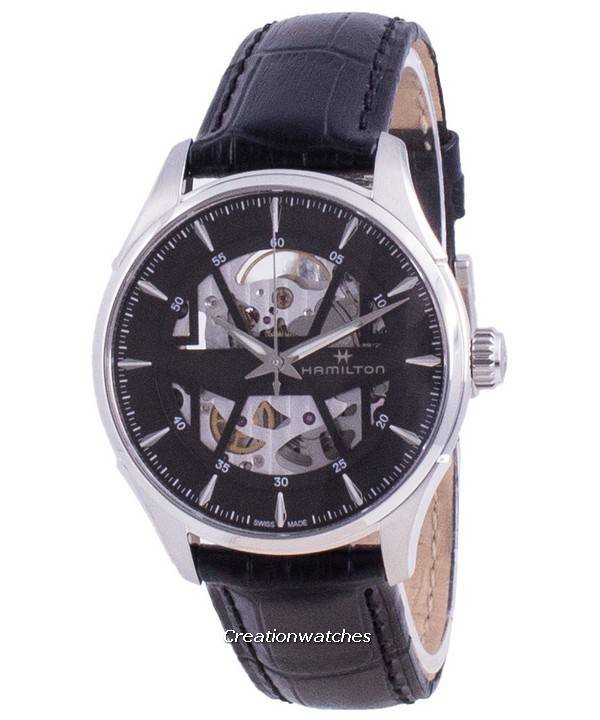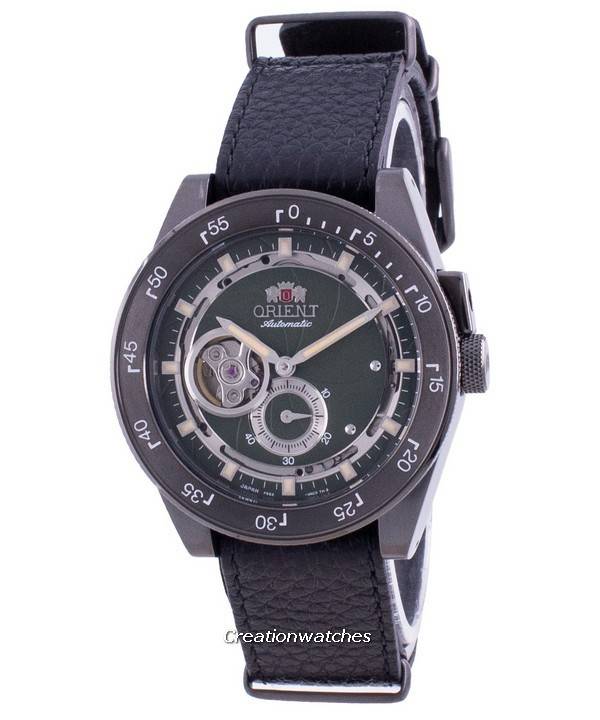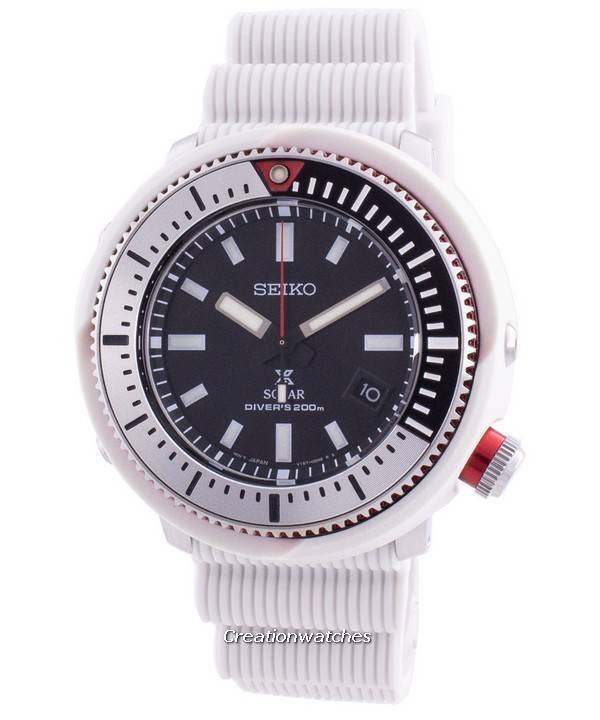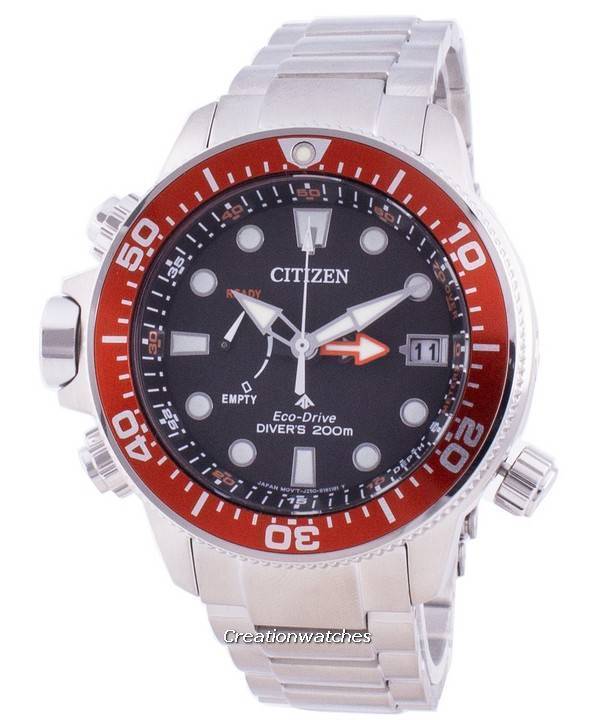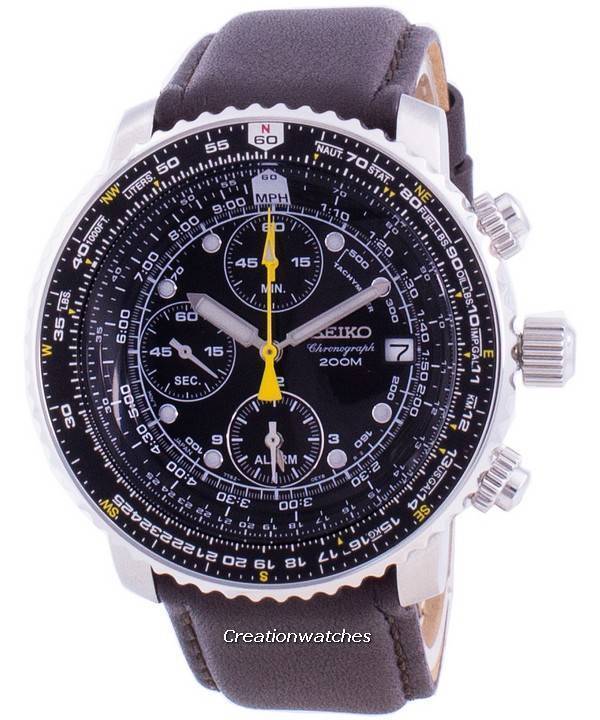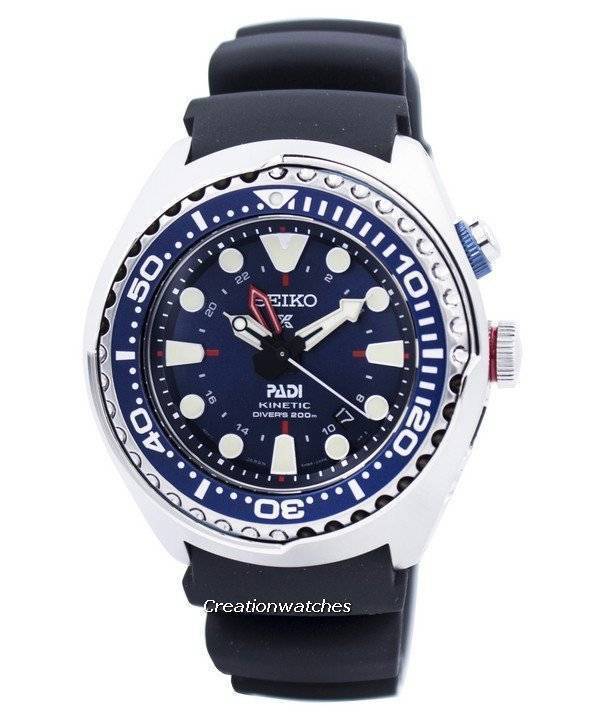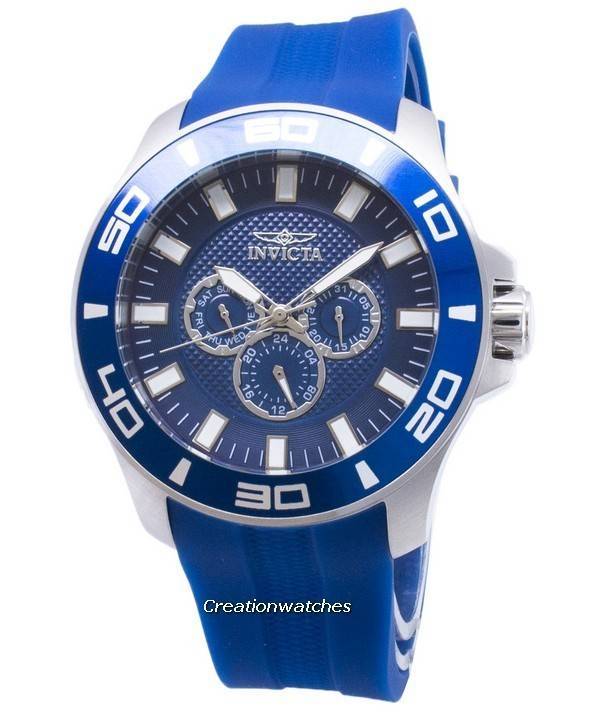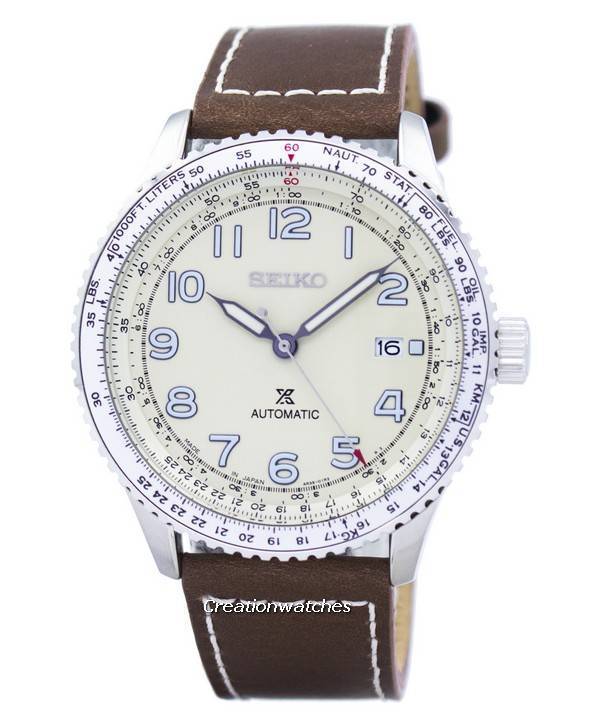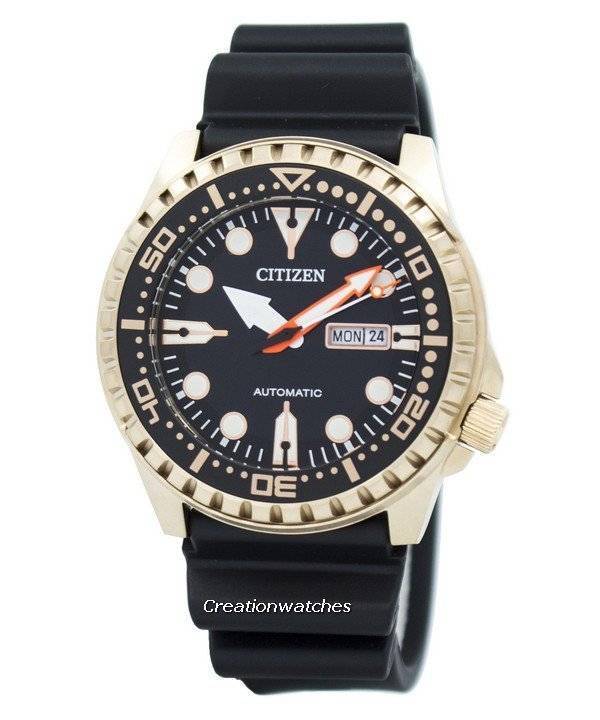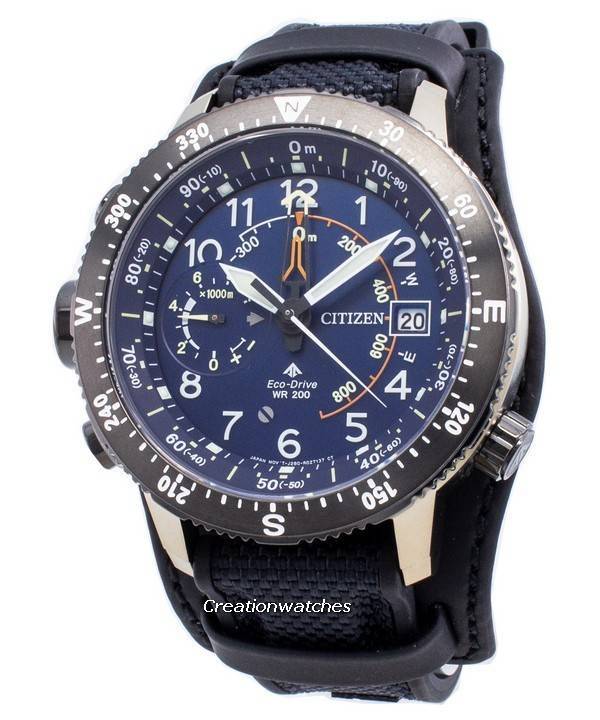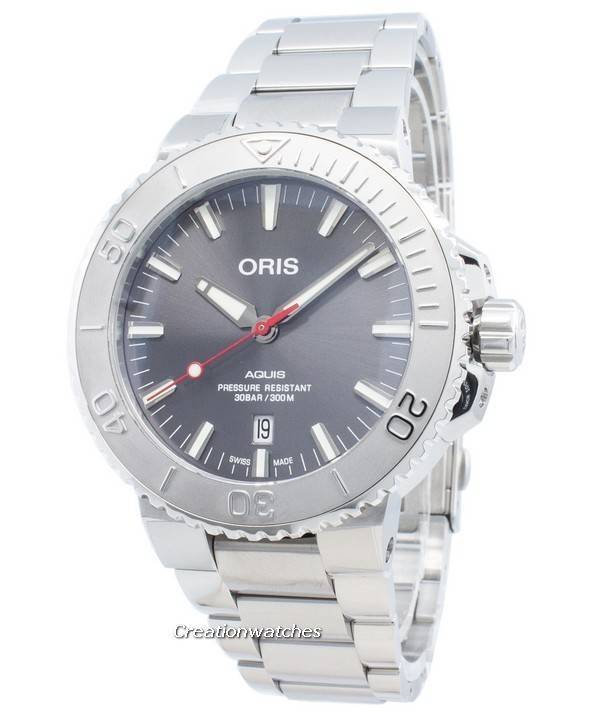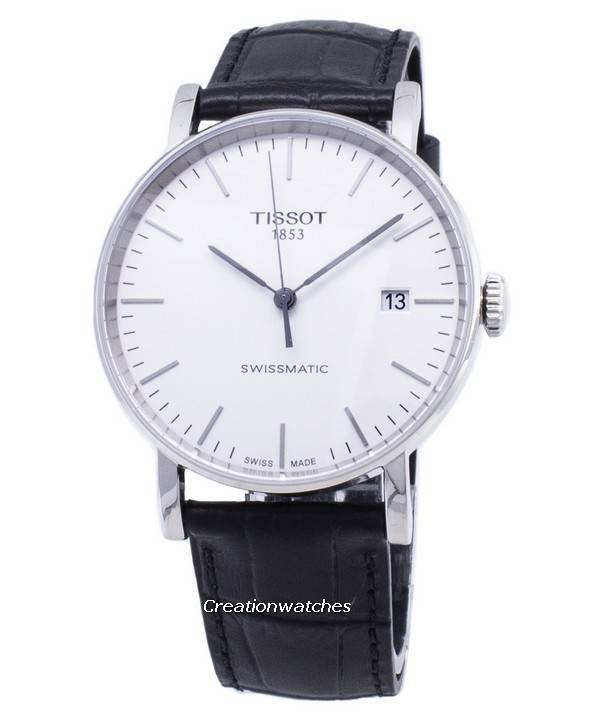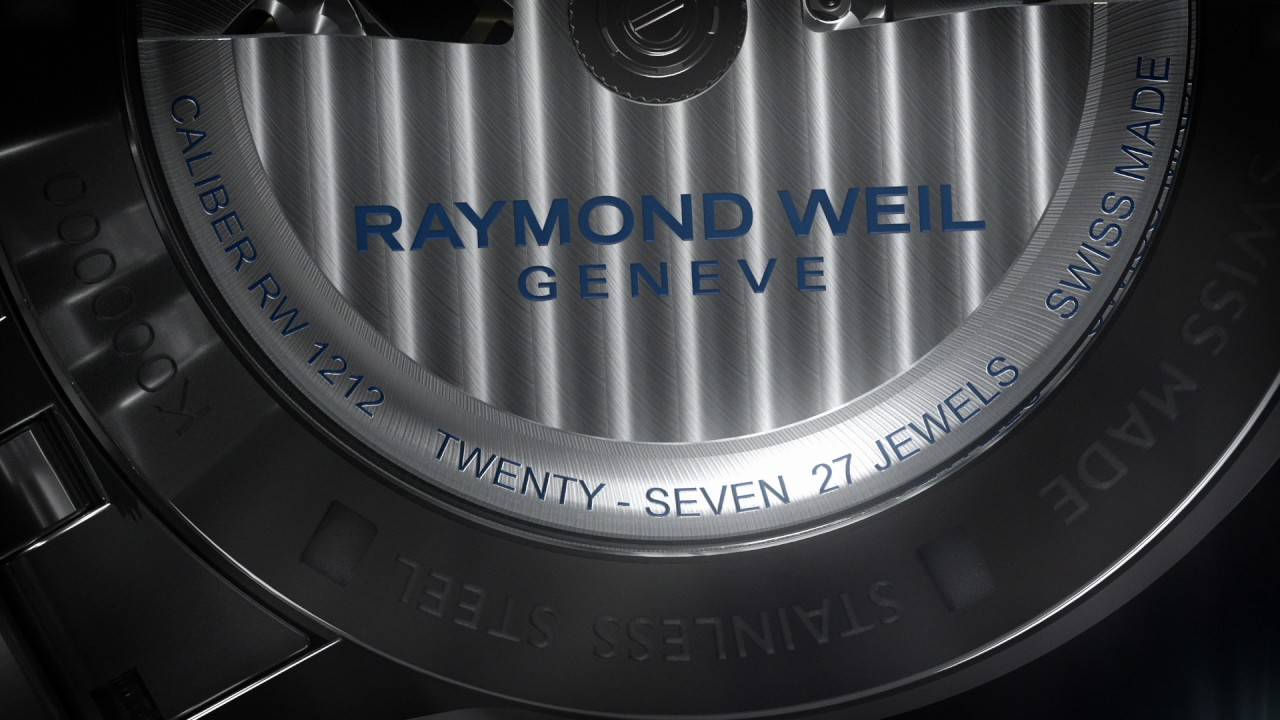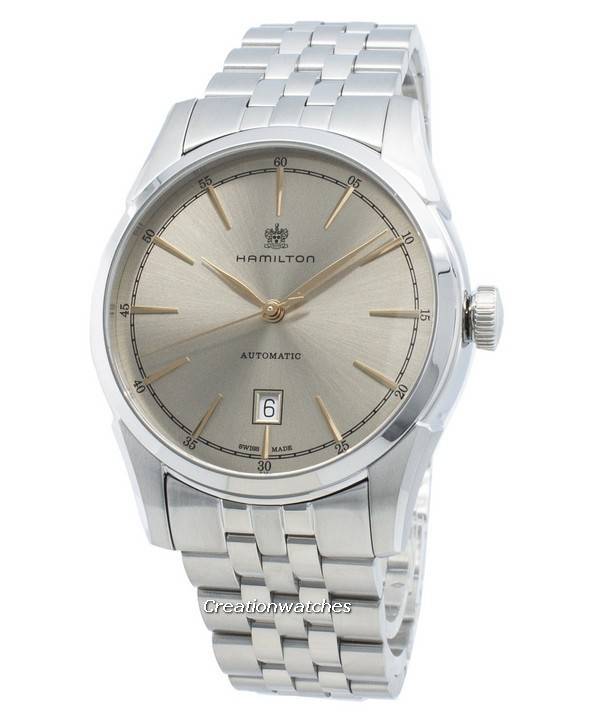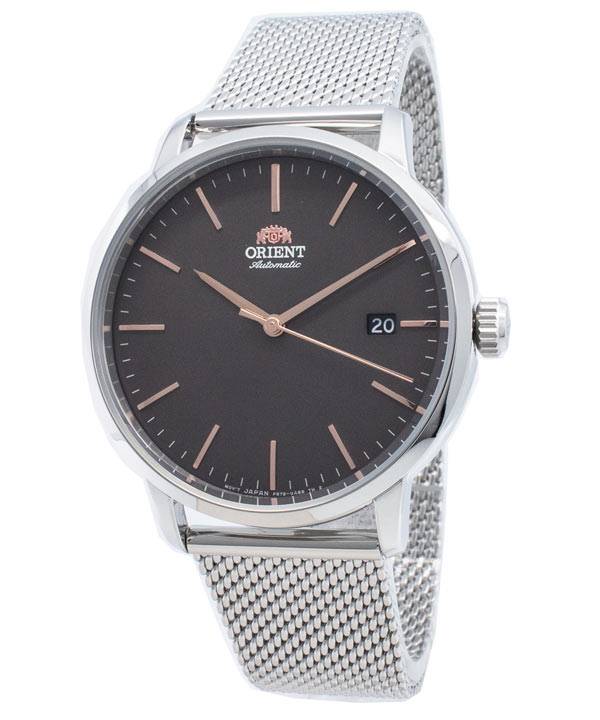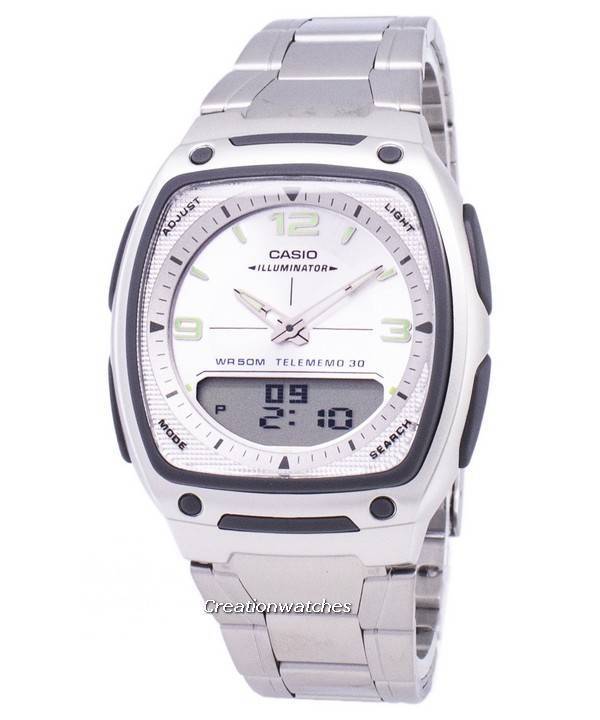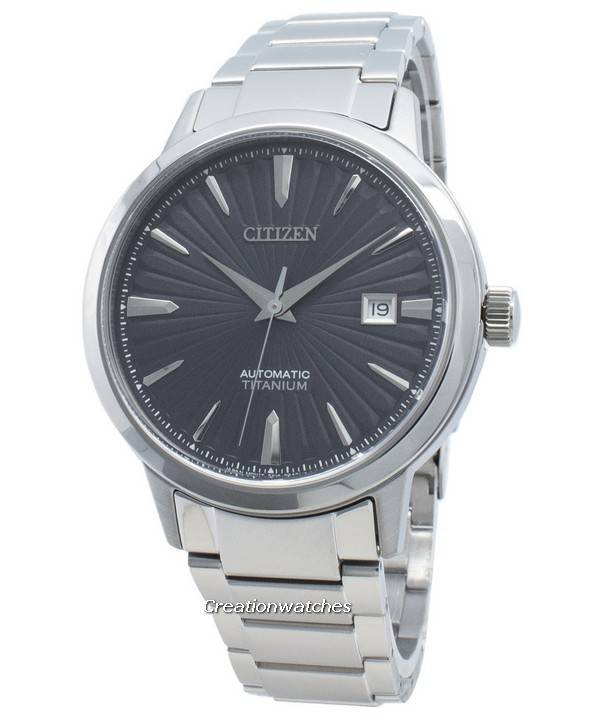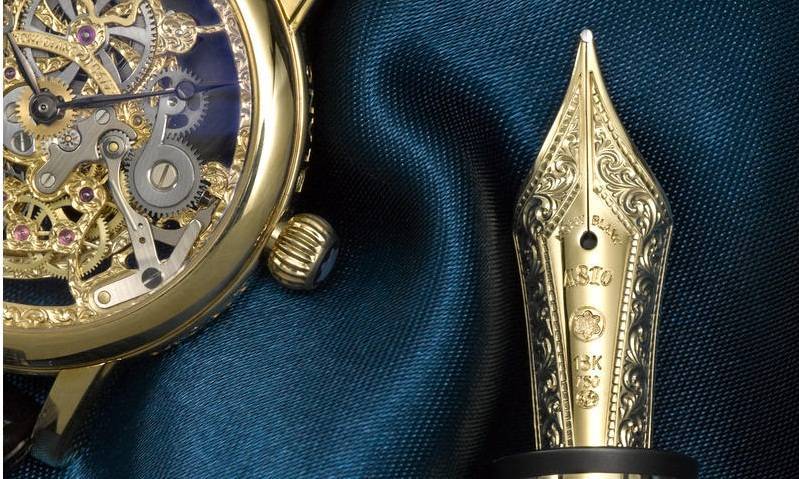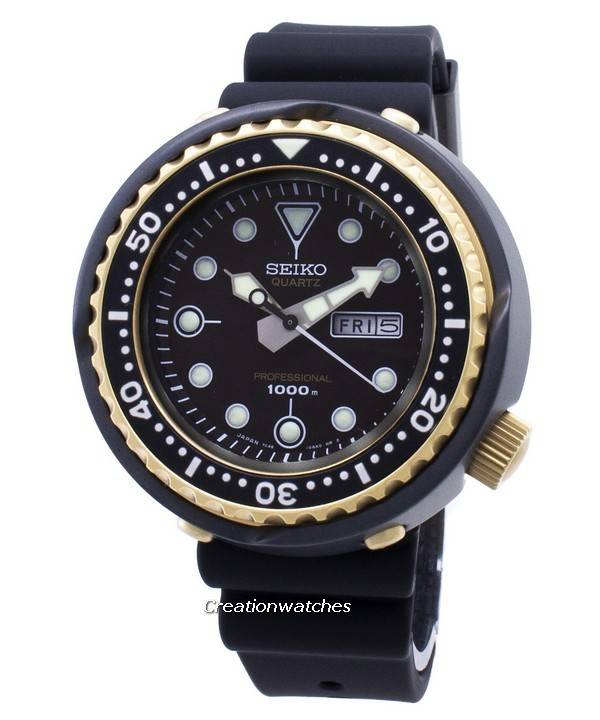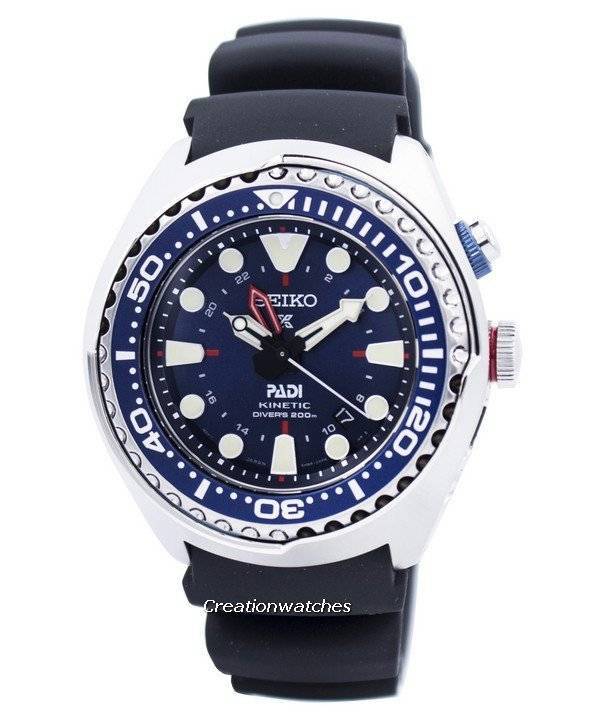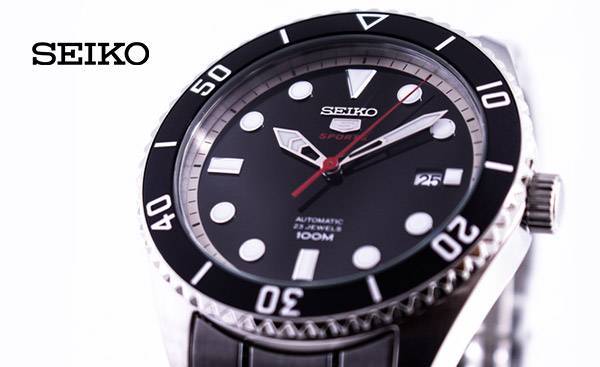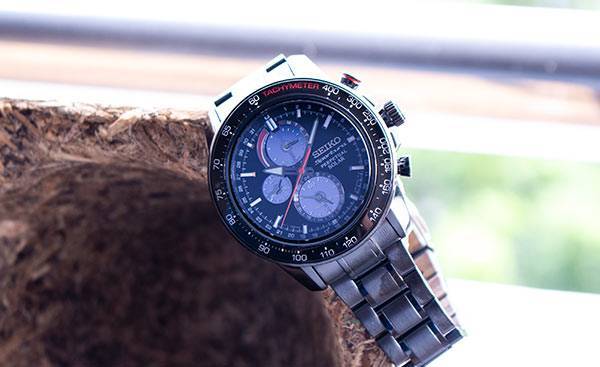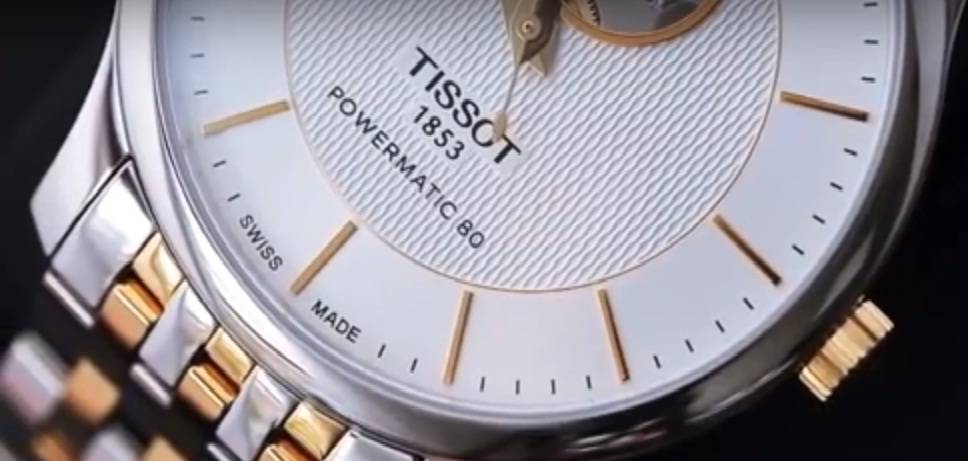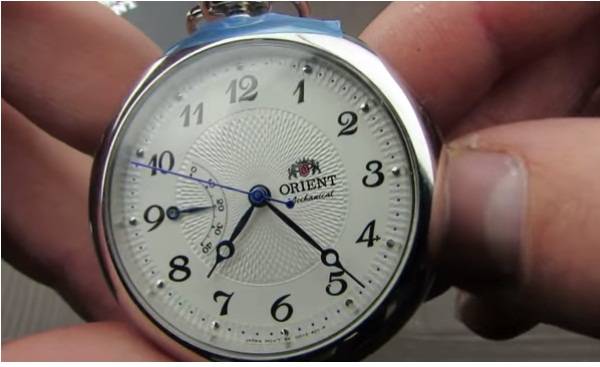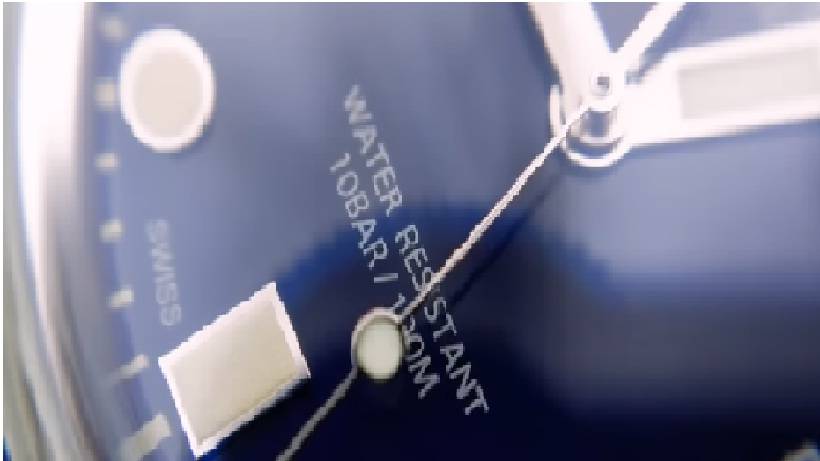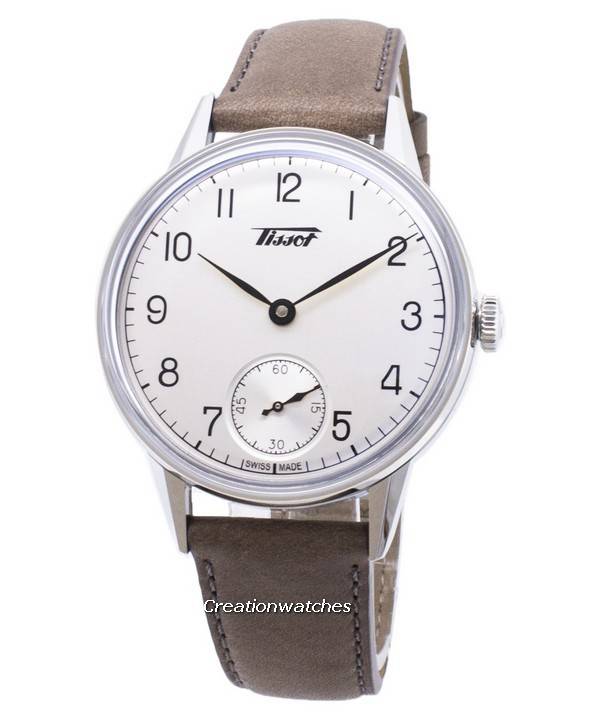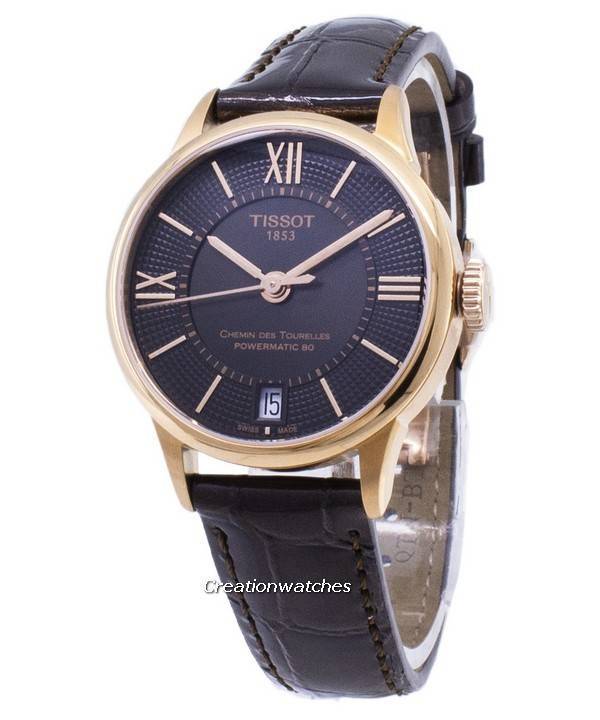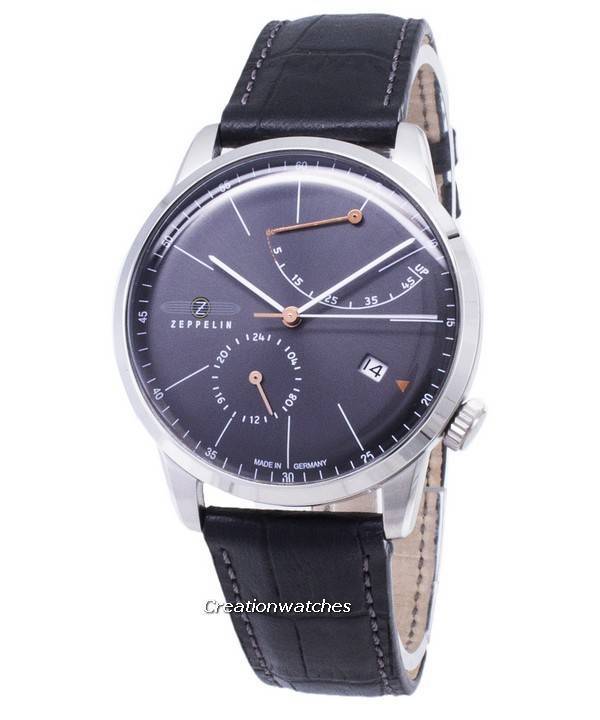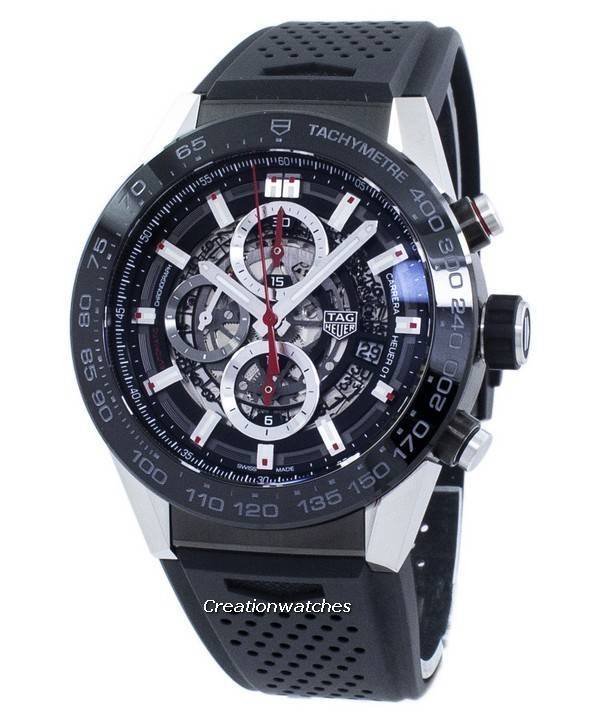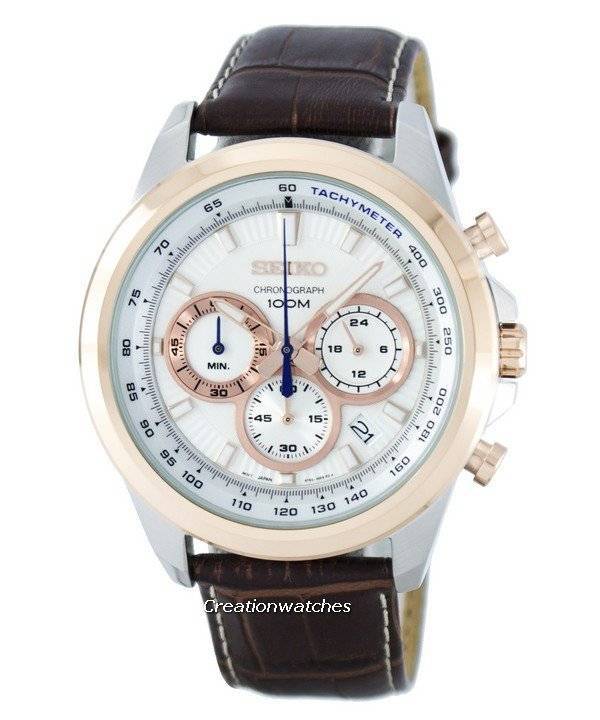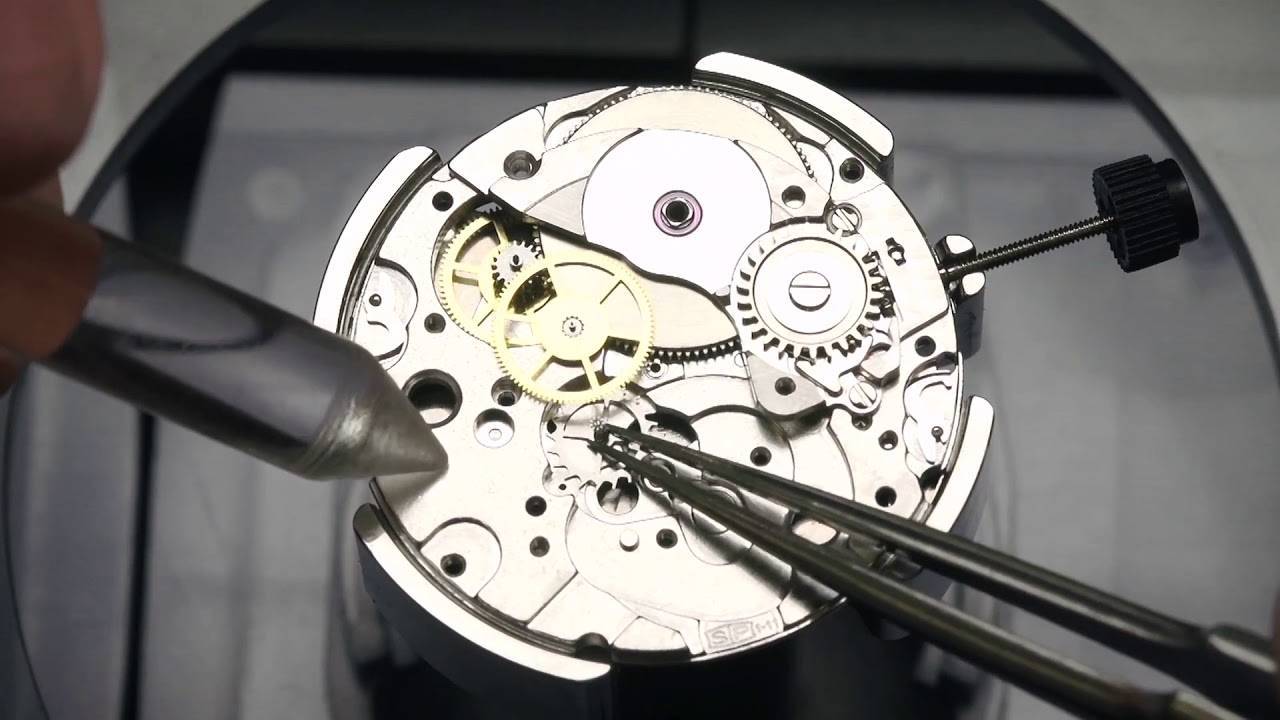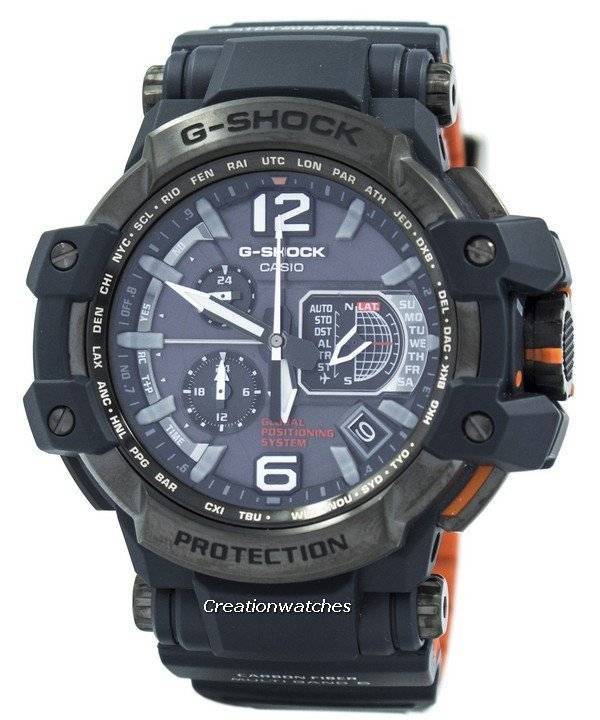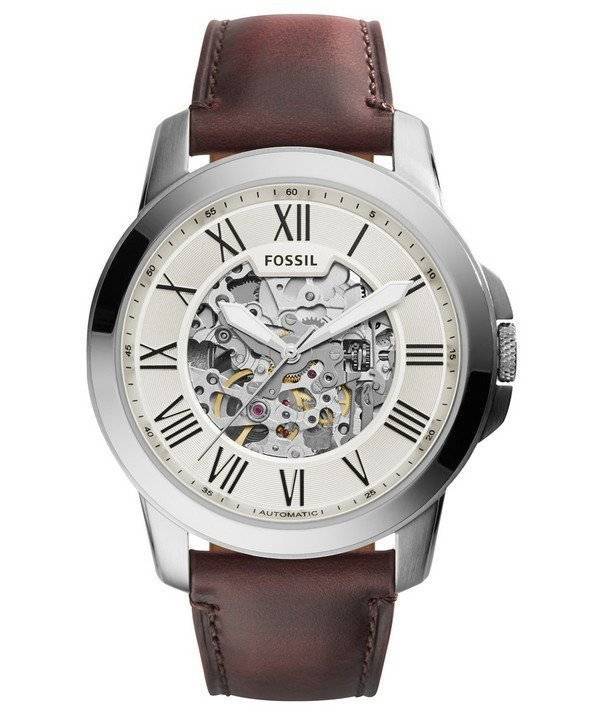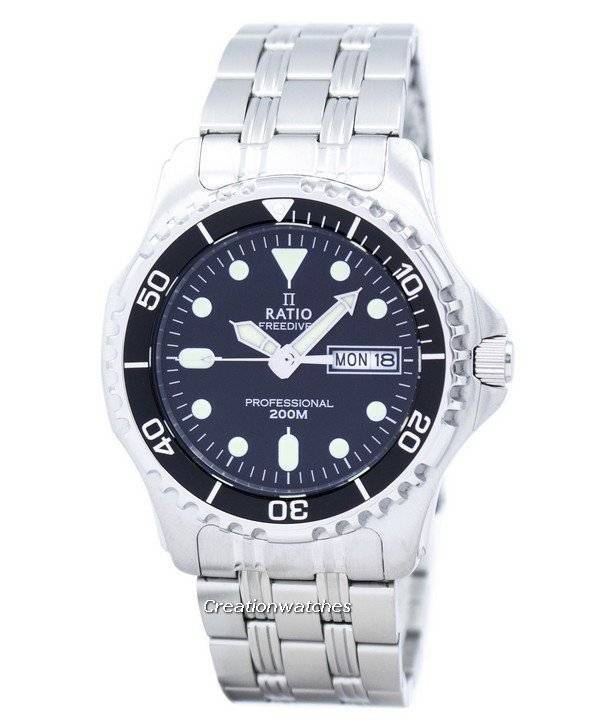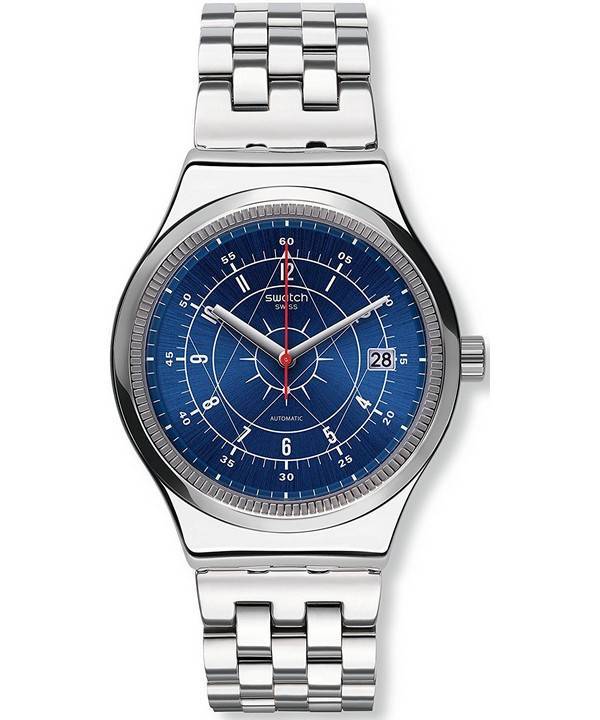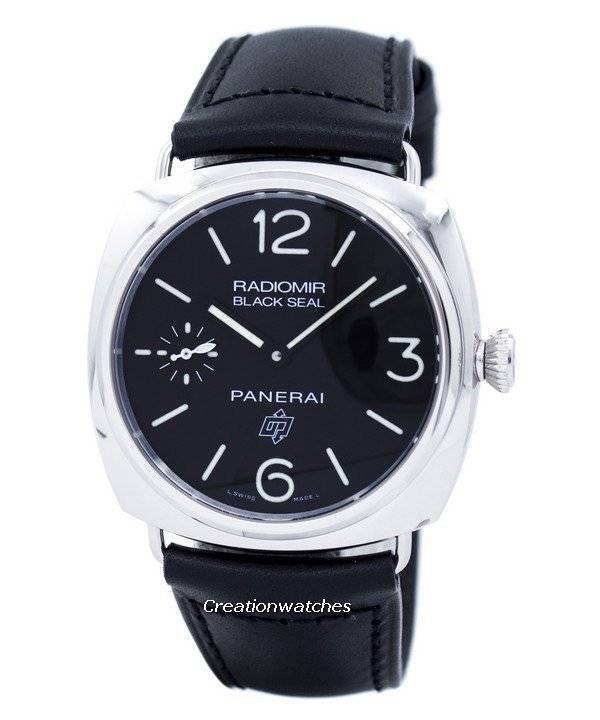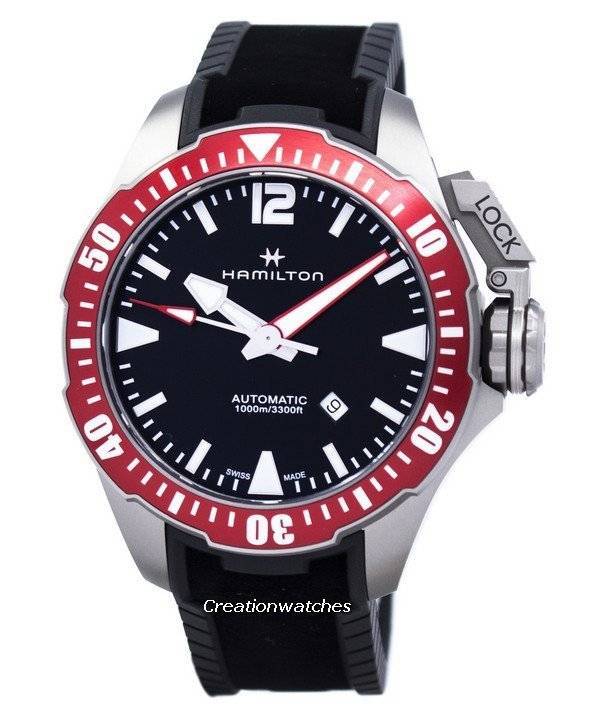
- March 23, 2021
- Watch Gonzo
- 0
A Cautionary Affirmation
This is going to be a long one. With something as colossal as Seiko, it can’t be otherwise. That’s a whole hundred years of innovations and developments we are talking about! Certainly requires more space than usual, for all of them still serve the purpose, counting as reliable power houses, making a verdict really, really hard – if not impossible – to come by.
Broad-sorting Movements – I
- Full plate movements: The oldest; used in the earliest – mostly pocket – watches.
- Three-quarter movements: Thinner than the full-plate type, they evolved in the 18th century.
- Bridge movements: 3-finger or Geneva movements are their other names. Evolving around the beginning of the 20th century; as modern watch calibers, we classify them as manual and automatic.
Broad-sorting Movements – II
- Manual/hand-winding calibers: Need the watch crown turned almost every other day to wind a mainspring to store power to make the associated mechanisms keep running and track the advancement of time.
- Automatic/self-winding calibers: The most common among today’s watches, their mainsprings are powered by the full or partial rotational movements of a weighted rotor attached parallel to the body of the rest of the movement. The rotational movements are induced by the motion of the hands wearing the watch. Almost all allow manual winding.
The wonder of it all!
At the very first thought, they all seem to be like an everyday offering compared with many other higher-priced calibers meant for special occasions, but in reality, a lot of other factors come to play. You need to consider both – watches made for adventures and the stylish pieces full of charm – in any of their versions. But then again, they all will cover vast ranges of styles and those really handsome (some brutally) contestants are going to unleash the impulsive demon inside you! So maybe, it will be the best to just go with what you like! Honestly, you can’t go wrong by choosing any of the Seiko calibers.
Treasured and exalted: From the beginning
We all know about Kintaro Hattori and his endeavor. Else, here’s a short read. The first wristwatch from Japan showed up in 1913 and soon, the Seiko quality was competing with the Swiss. Fifty four years later, Seiko designed the everlasting watch and created more or less 600 prototypes of the same. 30 years went by after that before Seiko could showcase their famous Spring Drive, striking a very big difference among mechanical watches. The accuracy of the Spring Drive went to a whole new level along with its durability, enabling it to find place within hardcore tool watches like the Seiko Prospex LX Spring Drive Professional. There’s also a black PVD variant to it.
Spring Drive aside, there are a few old calibers that Seiko takes pride in. They continue to upgrade and resurrect them besides developing newer ones. We will run short discourses about some of the top ones among them (e.g. 6R15, a prized caliber, embraced by the Seiko Presage Automatic and the Seiko Prospex Diver alike) but before that! It is important that we first break down what exactly a caliber means and why it is held so important. This is strictly for them who are less familiar with the term.
Calibers are typically named with model number; often followed by a design number (e.g. Caliber 6R15-02T0; you’ll find it in this Limited Edition Seiko Prospex Diver) but for Seiko, with so many calibers marking its history, we will touch just a few for now. These are like key frames if it had been an animated sequence of affordable Seiko calibers. For the Spring Drive, go here. For other higher-end calibers, wait till the next episode of the series.
Lining ’em up
- Caliber 6217: Year, 1965. Incorporated in Seiko Diver’s 150 m.
- Caliber 6139: Year, 1969. Made famous by Seiko 5 Sports Speed Timer. Note: The year also saw Caliber35A (quartz, for Seiko Astron).
- Caliber 7S26: To some, it is Seiko’s best earner. Primarily used in Seiko diver watches, they also found way into many of the Seiko 5, including the military-styled. All of the famous Seiko calibers today are based on the 7S26 Seiko movement. Seiko doesn’t intend to stop the 7S series completely but rather improves it from time to time.
- Caliber 6R15, 4R35 and 4R36: The three most popular Seiko calibers nowadays; proudly standing as some of the best Seiko watch movements and the brand’s most commonly used calibers in their modern watches.
- Caliber 6r35: It’s a new, improved version of the 6r15; very similar to the 6R15 but it’s a bit thinner. It has one additional jewel (the 24th one) and an astonishing 20 hours more to its power reserve than the 6R15. That makes a total of 70! It finds way into a diverse array of Seiko watches; from the very rugged Sumo and Prospex Automatic Alpinist Field Compass to the very sophisticated Presage Riki Watanabe Automatic; even to the Prospex Special Edition!
Points where they differ: 6R15 vs. 7S26
The Seiko 7S26 is added with hand-winding and hacking mechanism to emerge as the 6R15. It’s less expensive than most other Seiko movements. It has 23 jewels, 21,600 vph and a 50 hours power reserve. Time gain/loss (max.): +25 sec/day, A premium workhorse movement, it is a step below the high-beat movements but with a greater power reserve and accuracy than calibers beating at the same frequency to the 6R15; thanks to its Spron 510 Apart from the Presage and the Prospex Automatic watches, you’ll find it among the 62MAS Re-edition watches series.
The ‘best Seiko watch movement’ saga continues…
So far, we spoke about the 6R and 7S families of Seiko’s mainstream automatic watch movements and drew a bit of a comparison between the two. Their designs in their lineages stay pretty much the same; it’s their build and material quality that got enhanced over time.
Now we move onto other newer movements: The 4R35 family. We will skip their predecessor the 4R15/4R16 movements, for the 4R35 was introduced to bring improvements upon them in terms of manual hacking and winding options.
The 4R35 was introduced in 2010. It found way into a varied number of watches, irrespective of style. While on one hand you’ll find it nested within something as sophisticated as the Seiko Presage Automatic Zen Garden; on the other, you’ll find it among serious outdoor pieces (this Seiko Prospex Automatic Japan Made is a good example); some as extreme as the Seiko Prospex Turtle Save The Ocean Automatic.
Other closely related members of this family are the 4R36 (a Seiko-only version of the caliber NH36), 4R37, 4R38 and 4R39, all released in 2011. The entire 4r3x family operates at 21,600 vph, all featuring sweep hour, minute, and second hands. The Cal. 4R71 was introduced in 2018 and is similar to the 38 technically but was created for skeleton watches.
Points where they differ:
- 4R37 and 4R39 get 24-hour sub-dials.
- The 4R35 and 4R37 feature date windows as opposed to the 4R36 with both day and date within a single window.
- The 4R35 (A) has 23 jewels. The 4R36, 4R37, 4R38 and 4R39 got 24. Later, it was revised and was given one extra jewel. This is Caliber 4R35B.
- The 6R15 has a different mainspring, barrel and adjustment lever, which gives it a -15/+25 accuracy and a 55h power reserve. For the 4R series, -35/+45 seconds and a 38–42 h power reserve are averages. Both can be tuned to match COSC standards, but not for very long.
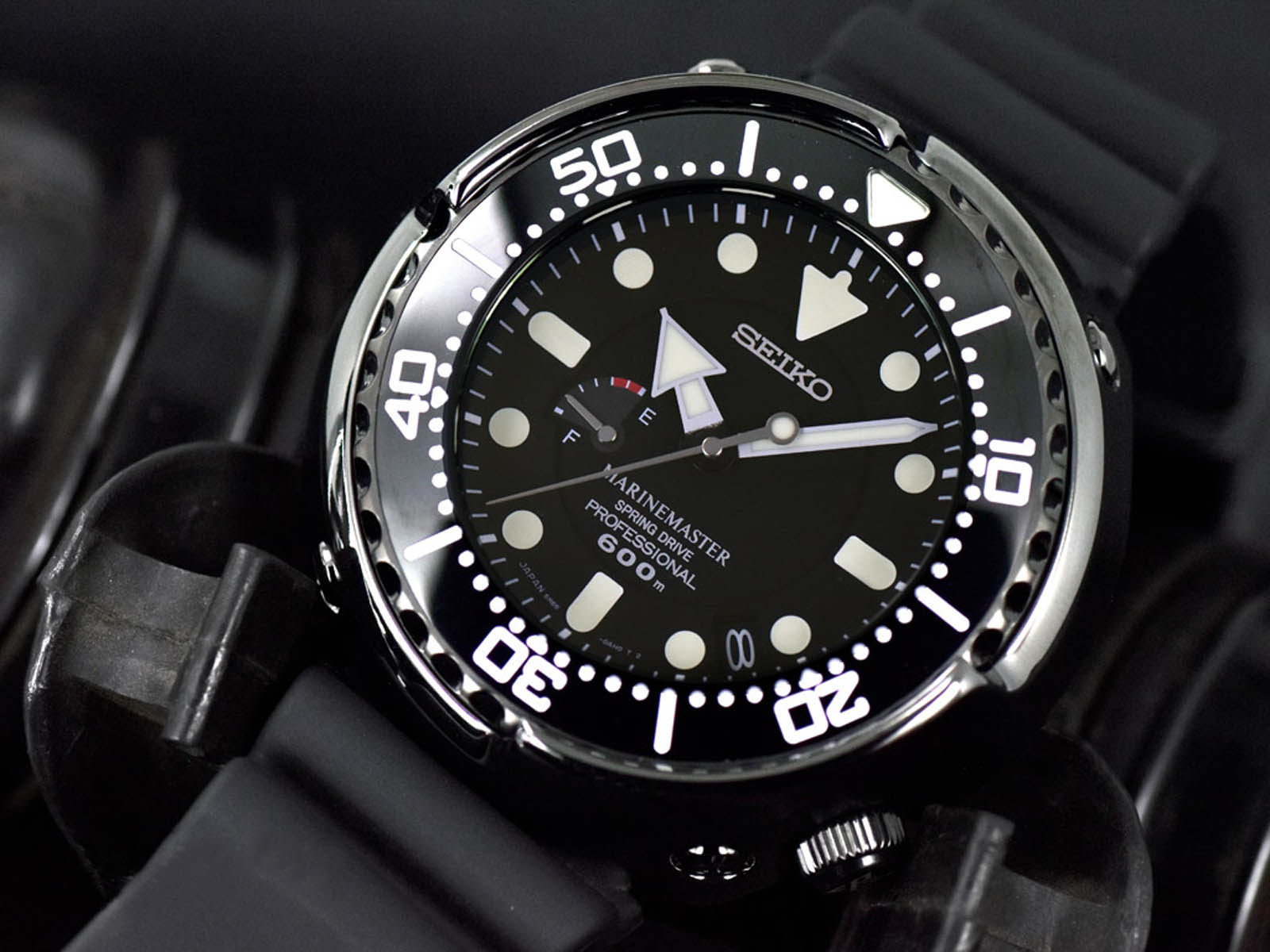
What about Spring Drive? Isn’t it mechanical, too?
Long answer: All Spring Drive movements are automatic and a small number of them are hand-wound spring drives. It is the only movement that expresses the natural and continuous flow of time.
Short answer: Almost completely mechanical; still, supremely accurate.
The Spring Drive is one of the most discussed and debated movements in the world today, for the mystery that resides in it. It is mostly associated with Grand Seiko, but is found in many other very high-end Seiko models apart from the Ananta and the Galante. The success and fame of the Spring Drive is radical, though surprisingly, only a handful among those who bought it actually understands how it works.
An oversimplified description of its working principles would say that Spring Drive combines the accuracy of quartz with mechanical beauty. Does that sound like Kinetic? Read on…
The Spring Drive movement is something altogether new in its concept; not just a rotating mass generating its running power mechanical automatics alike. It has no fundamental dissimilarity with mechanical movements save one tiny, critical point. The escapement has been replaced with a tri-synchro regulator, the thing that controls the flow of the mechanical, electrical and electro-magnetic energies the mainspring generates. The regulator gets its name for the three diverse forms of energy it deals with.
The regulator’s one-way motion is inherently more stable and durable and thereby, highly precise (+1 second/day). Its seconds-hand runs perfectly smooth and it runs with an absolute silence, since there is no escapement. The circular, uni-direction rotation of the glide wheel imparts the hands their unique glide-motion.
Spring Drive has a l..o..n..g power reserve (72 hours) that delivers smoother than any; thanks to the new generation mainspring made from a special, in-house,high-elasticity alloy – the Spron 510. It is highly resistant to heat and corrosion and winds faster, too! It’s the Magic Lever that boosts its efficiency for automatic winding. Compared to the Swiss-style winding-system, Magic Lever is minimalist; using fewer parts for the same task. It’s a 1959 Seiko invention that’s been reworked for the SPRING DRIVE; now, it’s fitted directly to the rotor’s shaft. Result? Greater efficiency, shorter winding period and a longer power reserve.
Want more info? Find it here.
Working of the Spring Drive
In simple words: The power from the mainspring is transmitted via a gear train to the Tri-synchro regulator, which controls the speed at which the glide wheel rotates, by electromagnetic braking. It also converts a small part of the transmitted energy into electricity. This powers the Spring Drive crystal by generating a magnetic force to regulate the speed of the glide wheel. Get a glimpse of its working principle in the video underneath.
From here, ideally, we should go delve into the Spring Drive Chronograph movements, the perfect platform for luxury chronographs. But let’s go back into a bit of history instead.
A dream about an ever-lasting watch
In 1977, a young Seiko engineer envisioned a watch powered by a mainspring and keeping a daily accuracy of +1 second. This precision is tough to be achieved even in electronic watches but Yoshikazu Akahane was persistent and dedicated 28 years after this concept. Over 600 prototypes were made till in 2005, the Seiko Spring Drive was released.
Spring Drive: A recap of the key features
It’s high-accuracy. The Tri-synchro regulator – as mentioned before – replaces the escapement and moves one way. It is inherently more stable, durable and precise. It makes Spring Drive highly efficient amidst jerky or turbulent conditions and strong impacts. It never misses more than a beat a day, if at all.
It is glide-motion of the regulator since there is no escapement. It’s a completely circular motion, in a single direction, driving hands to move without experiencing breaks. Spring Drive alone does that in the world. It’s an expression of the natural and continuous flow of time.
It has longer power-reserve due to the new generation mainspring. It is resistant to heat and corrosion and delivers power in a far smoother manner than usual metal mainsprings. A special alloy, the Seiko-developed Spron510 stays responsible. The 72 hours power-reserve stays put even if a Spring Drive chronograph stays in continuous operation.
Fast winding makes another bright aspect of the Spring Drive. The Seiko Magic Lever boosts winding efficiency by transferring more energy from each swing of the hand (or wrist; both directions) to the rotor, turning the winding gears more numbers of times. Direct installation of the rotor to the shaft brings more efficient transmission of power than ever!
A recap of the working of the Tri-synchro regulatory system
While controlling the mainspring’s mechanical energy (uncoiling), it also draws power from it to create electrical energy and make the Spring Drive crystal work. The magnetic force it creates regulates the speed of the glide wheel.
Return to the Spring Drive Chronograph

The Seiko Spring Drive 12-hour chronograph measures elapsed time with actual precision unlike any other chronograph that measures to the nearest fraction. Its vertical clutch and column wheel make precise button operation possible. It is one of the world’s great chronographs assembled by hand. A sum of 416 parts not including the 50 jewels, the entire spring drive mechanism has 140 oil points through which, 5 different lubricants go in.
The vertical clutch delivers high precision to the chronograph’s operation. It stops the chronograph’s seconds-hand from jumps while starting. The column wheel offers maximum stability through its eight-pillar component in the switching mechanism and controls the chronograph function with maximum error-free precision, durability and reliability.
The 2-step system of the chronograph push button offers a slight resistance at the halfway point and then a reassuring, solid click. It ensures the precise moment of starting or stopping the chronograph.
A dream about an ever-lasting watch
In 1977, a young Seiko engineer envisioned a watch powered by a mainspring and keeping a daily accuracy of +1 second. This precision is tough to be achieved even in electronic watches but Yoshikazu Akahane was persistent and dedicated 28 years after this concept. Over 600 prototypes were made till in 2005, the Seiko Spring Drive was released.
Spring Drive: A recap of the key features
It’s high-accuracy. The Tri-synchro regulator – as mentioned before – replaces the escapement and moves one way. It is inherently more stable, durable and precise. It makes Spring Drive highly efficient amidst jerky or turbulent conditions and strong impacts. It never misses more than a beat a day, if at all.
It is glide-motion of the regulator since there is no escapement. It’s a completely circular motion, in a single direction, driving hands to move without experiencing breaks. Spring Drive alone does that in the world. It’s an expression of the natural and continuous flow of time.
It has longer power-reserve due to the new generation mainspring. It is resistant to heat and corrosion and delivers power in a far smoother manner than usual metal mainsprings. A special alloy, the Seiko-developed Spron510 stays responsible. The 72 hours power-reserve stays put even if a Spring Drive chronograph stays in continuous operation.
Fast winding makes another bright aspect of the Spring Drive. The Seiko Magic Lever boosts winding efficiency by transferring more energy from each swing of the hand (or wrist; both directions) to the rotor, turning the winding gears more numbers of times. Direct installation of the rotor to the shaft brings more efficient transmission of power than ever!
A recap of the working of the Tri-synchro regulatory system
While controlling the mainspring’s mechanical energy (uncoiling), it also draws power from it to create electrical energy and make the Spring Drive crystal work. The magnetic force it creates regulates the speed of the glide wheel.
Return to the Spring Drive Chronograph
The Seiko Spring Drive 12-hour chronograph measures elapsed time with actual precision unlike any other chronograph that measures to the nearest fraction. Its vertical clutch and column wheel make precise button operation possible. It is one of the world’s great chronographs assembled by hand. A sum of 416 parts not including the 50 jewels, the entire spring drive mechanism has 140 oil points through which, 5 different lubricants go in.
The vertical clutch delivers high precision to the chronograph’s operation. It stops the chronograph’s seconds-hand from jumps while starting. The column wheel offers maximum stability through its eight-pillar component in the switching mechanism and controls the chronograph function with maximum error-free precision, durability and reliability.
The 2-step system of the chronograph push button offers a slight resistance at the halfway point and then a reassuring, solid click. It ensures the precise moment of starting or stopping the chronograph.
How would Spring Drive compare against Rolex?
Both big names in the global luxurious watchmaking segment are open to anything but a comprehensive comparison. This is because they offer different value propositions and Rolex, as a luxury brand, is years ahead of Spring Drive when it comes to brand awareness. Spring Drive based watches – say, a Grand Seiko or an Ananta – takes the crown in refined craftsmanship, so a Spring Drive vs. Rolex debate turns all the more difficult. It would be much easier to draw comparisons between the different variants of the Spring Drive movements i.e. 9R- variants (Calibers 9RA2, 9R01, 9R02, 9R86, 9R66, 9R65 & 9R31) and those from Rolex (the 3000 series, the Oyster Calibers and so on).
Whether wearing a Rolex caliber or a Spring Drive, it is an experience. Both exhibit a challenge won scientifically; both the brands innovations and endeavors are legendary. It’s just the age difference between the brands that might put Rolex ahead of the Spring Dive. Not very far ahead, though.
The Spring Drive focuses more upon offering the best craftsmanship in the watchmaking industry. The confidence that’s attributed to the Spring Drive doesn’t depend upon brand ambassadors or influencers to speak about how good it is; instead, the brand’s primary focus over matters that elevate its position technologically brings forth the best watch for its buyers.
The Grand Seiko’s price ends at $72K while Rolex has its mark at $85K; compare the brands within this price range and you won’t find anything different in quality between the two apart from the name. Higher-up Rolex models with six-figure prices; however, are tad better than the Spring Drive Seiko in all their aspects. But then again, it’s our own perspectives that matter.
Should we peep into the calibers now?
It would be wonderful but have trust; there’s not much space for so much of info to fit in at once. At the most, you can – for now – have a look at a partial caliber list belonging to Rolex. We’ll see later – as per their specs – which of them beat the other ones both short and long term.
Pre-2000 till 2007
- Calibers 2230, 2231, 2235, 2236, 3130, 3131, 3135, 3165, 3180, 3230, 3235, 3255: 31-Jewels automatic mechanical time/date movement; 42 – 70 hours; Frequency 28.800 BPH.
- Caliber 3285: 31-Jewels automatic mechanical GMT movement; 70 hours; Frequency: 28.800 BPH.
- Caliber 4160: 42-Jewels automatic mechanical Regatta Timer chronograph movement; Power reserve: 72 hours; Frequency: 28.800 BPH.
- Caliber 4161: 72-Jewels automatic mechanical chronograph movement; 72 hours; Frequency: 28.800 BPH.
- Calibers 1161, 1166, 1565: 26-Jewels; 42 hours; Frequency: 18.800 BPH.
- Calibers 1520, 3000, 3035, 3055, 3075, 3085: 27-Jewels; 42 hours; Frequency: 19.800 BPH.
- Caliber 1560: 25-Jewels; 42 Hours; Frequency: 18.800 BPH.
- Caliber 1570: 26-Jewels; 42 hours; Frequency: 19.800 BPH.
- Caliber 1575: 25-Jewels; Fixed GMT-hand; 48 hours; Frequency: 19.800 BPH.
- Caliber 1580: 26-Jewels anti-magnetic; 50 hours; Frequency: 19.800 BPH.
- Caliber 1602: 20-Jewels; other aspects N/A
- Caliber 2030, 2035: 28-Jewels; 42 hours.
- Caliber 2130, 2135: 29-Jewels; 42 hours; Frequency: 18.000 BPH.
Before we call it a day
Next day, we’ll see the post-2007 Rolex and 9S Grand Seiko calibers in all their details. While it won’t be possible to compare every movement individually, we’ll compare between the movement series. Certainly, there is no doubt that Spring Drive has achieved a technical breakthrough in watch technology but the near-as-much perfect timekeeping achieved by the 9S Grand Seiko calibers since their inception makes for a wonderful study.
Leave a reply below stating which Seiko Spring Drive calibers you think to be the bests.


